England, Japan women's soccer history traces back decades
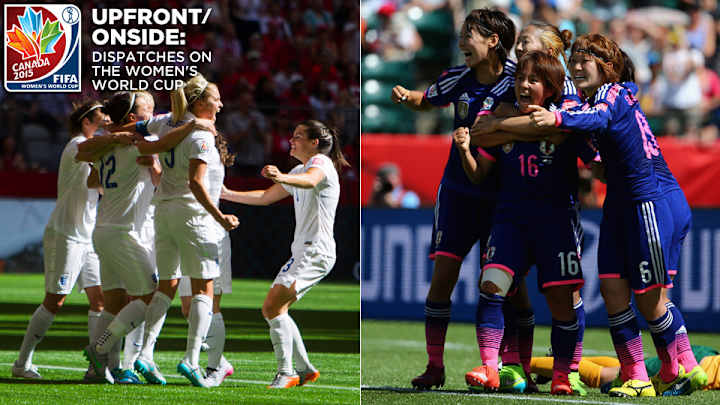
Wednesday's England-Japan semifinal might not be what many prognosticators had expected to see in this round, but it brings together two teams with a decades-old rivalry.
Women’s soccer in both countries was organized on the national and international level through the work of independent organizations. It was only in the 1980s and 1990s that national and regional federations began to take an interest in the women’s game.
Women’s football in England has long history going back to the late 19th century, but in 1921 the Football Association banned women from playing the game. That didn’t stop women from playing, of course, and they continued to do so outside the facilities and control of the FA. Finally, in 1969, the ban ended and the independent Women’s Football Association (WFA) was formed.
Upfront and Onside: Dispatches on the 2015 Women's World Cup in Canada
Women’s international soccer was beginning to flourish globally again at the time. There was an international women’s championship organized in 1970, and another in 1971 in Mexico City, with games played in Estadio Azteca. These packed games in the 100,000 capacity venue remain the largest crowds to have watched women’s football live to the present–larger even than the famous 1999 Rose Bowl final in the United States.
The WFA organized an international team to represent England, playing its first international against Scotland in 1972. But the FA insisted that the women had to be amateurs, and the WFA threatened to ban any players who were making any money playing the game. Stars like Sue Lopez, who had played for teams in the women’s professional leagues in Italy, had to return home and prove they had not been paid before they could become England internationals.
The FA also stalled plans for a 1973 women's world championship to be held in England, despite the commitment of sponsorship by a cutlery manufacturer, Viners, which offered the healthy sum of £150,000 to support the event. The FA insisted that it was the only organization allowed to put on this kind of competition and explained that FIFA was “strongly opposed to any intervention by business people who try to earn money by organizing football competitions for women.” As a result, an important opportunity for England to host and televise an international women’s tournament was lost.
FIFA officially took control of the international women’s game in 1969, but didn’t organize any tournaments for some time. There were unofficial tournaments organized by enthusiasts like the Deal International Tournament, and sponsored by businesses like the Butlins holiday camp chain. But the WFA, seeking legitimacy from the FA at the time, occasionally punished those players who participated in independently organized women’s soccer events. Some English players who joined teams at those events were “banned,” and whole leagues in which players or clubs participated were “banned” as well.
Despite this confused picture about who should be promoting women’s soccer, in 1981 the WFA organized a team to travel to Japan to participate in an international women’s event called the Japan for the Portopia International Tournament, along with Denmark and Italy. The England men’s national team had not yet traveled to Japan, so the women’s team was a pioneer–and a victorious one.
France vs. Germany quarterfinal highlights best of women's soccer
On September 6, in Kobe, England won 4-0. Although both national teams had played international football since the 1970s, this marked a new moment in the increased globalization of women’s football as an amateur sport. Among the English players was the rising star Gill Coultard, just 18 at the time. Coultard would later captain England and win over 100 caps for her country: the first woman and amateur player to do so.
The Japanese Football Federation does not seem to have ever banned the women’s game the way the English FA did. As David Hanley, a scholar of Japanese soccer has shown, a men’s league was first established in 1965, building on the existing strengths of universities and company teams. Women’s teams followed soon after. In 1968 Japan won bronze at the Olympics, spurring on the domestic popularity of the game. The men’s league, however, saw a danger in potential competition from women, pressuring companies like Nissan to withdraw the support they had offered for women’s football.
Women’s soccer in the region was supported heavily by the remarkable Veronica Chan, a Hong Kong businesswoman who is now 92. In 1965, she founded the Hong Kong Ladies Football Association, and was among those who helped create the regional Asian Ladies Football Confederation (ALFC), which became an important hub of activity for women’s soccer in Asia and throughout the world.
In 1975 the ALFC created the Women’s Asian Cup, an independent international competition. Frustrated by the lack of support on the part of national associations, the ALFC under Chan’s leadership tried unsuccessfully to affiliate directly FIFA as a confederation in their own right. From 1975 to 1991, Chan spent £2.5 million of her own money to promote the Asian Women’s Championship, all the while lobbying FIFA to better support the women’s game.
Sponsor conflict, good intentions, big business: The USWNT's fired kit man
Thanks to the pressure from the ALFC, FIFA began to organize some early “experimental” women’s tournaments during the 1980s, hosted in different Asian countries including Taiwan (then Chinese Taipei) and China. In 1985 the U.S. women’s national team made its first international appearance in one such tournament, losing to Denmark 1-0. England participated in that tournament as well and won the title, as it did again in 1988.
The Japanese Football Association had taken over women's football in 1979 with the stated goal of participation in international competition. Japan first appeared in a FIFA invitational tournament in 1986 under the leadership of a qualified coach, Ryohei Suzuki, appointed by the Japanese FA, though they lost to 2-1 to China.
By the late 1980s, with these tournaments demonstrating the growth and potential of women’s soccer, regional federations began to absorb the independent women’s organizations. In 1986, the Asian Football Federation absorbed the ALFC. Professionally, the launch of the Japan Ladies Soccer League in 1989 made Japan a top destination for many of the world’s women’s football elite players, supported by multinational companies. The bubble burst in 1999 to 2000, however, and today the league effectively remains an amateur, or semi-professional enterprise.
The decades long efforts on the part of the ALFC and women’s clubs in various countries laid the foundation for the first FIFA Women’s World Cup, organized in China in 1991. Japan qualified for the tournament, but was eliminated from a tough group that included USA, Sweden and Brazil. England, however, hadn’t even been able to qualify.
It was only in 1993 that the English FA formally took over women’s football from the Women’s Football Association (WFA). Ex-international Hope Powell was appointed manager in 1998. This heralded an era of more support from the national governing body, with a team doctor, physiotherapist and fitness support, which also translated into more success on the international stage.
England's Women's World Cup test and the trio of players to watch
The establishment of a Women’s Super League in England 2010, as well as the increasing in numbers of international players central contracts with the FA, has enabled more of them to train and play full time. Their poor performance at the 2013 competition cost long time coach Powell her job and current manager Mark Sampson was appointed, something of a shock given his lack of international experience.
Still, the team’s results so far in this World Cup suggest that these changes are bearing fruit. How much depends on Powell’s legacy of campaigning remains to be assessed.
Japan’s women’s national team also began to receive more support by the late 1990s, after the failure to qualify for the 2000 Olympics inspired the Japanese FA to re-launch the team with a national competition for a new nickname. ‘Yamato Nadeshiko' has the connotation 'ideal Japanese woman.' Nadeshiko itself means a pink carnation (hence the pink on the jerseys). At the 2007 Women’s World Cup England and Japan seemed on a par with a 2-2 draw. However, Japan’s rising strength as a team was clear with a fourth-place finish at the 2008 Summer Olympics in Beijing.
Japan’s current head coach Norio Sasaki has had long experience in women’s football, having previously worked with the Under 20 team since 2006 and headed the senior team since 2008. At the 2011 World Cup in Germany, Japan finished second in their group behind England. But the Nadeshiko then went on to a carry out a series of upset by defeating champions and hosts Germany 1–0 in the quarterfinals and Sweden 3–1 in the semifinal. Japan beat the United States 3–1 in a penalty shootout, becoming the first Asian team to win the FIFA Women's World Cup. The Japanese men's team won the 2011 AFC Asian Cup the same year.
So as reigning world champion and AFC champion, Japan is a considerable force. And in 2011 and again today, the women’s team has garnered unprecedented support and national attention back home. As Hanley said: “All of today's national newspapers have photographs and an article from the Australia game prominent on the front page.” The team is “enormously popular.’ Nadeshiko fever remains strong and the players, only a few of whom are fully professionals earning their living from playing football, have become icons in Japan.
Artificial turf controversy a constant in backdrop of Women's World Cup
In contrast, England arrived at the 2015 tournament as something of an unknown squad with some players like Lianne Sanderson returning to international duty after being self-exiled under Powell. The media have generally been encouraging, although some newspapers have overlooked the tournament entirely and television audiences have been affected by the scheduling and restricted access to the games.
But there has been the inevitable hyperbole. Sampson has a gift for soundbytes as much as for coaching, saying he wished to ‘Inspire a Nation’. Neatly overlooking that women’s football has its own long international history, Sampson looked to the England men’s team to contextualize this milestone, saying the women had joined the 1966 and 1990 ‘club.’
Given the task facing the England team, this enthusiasm may contribute to its moment in the tournament. In 2011, the Japanese women managed to surprise many people and inspire a nation back home. It remains to be seen whether, in 2015, old rival England can now do the same.
GALLERY: Fans at the Women's World Cup
Fans at the 2015 Women's World Cup


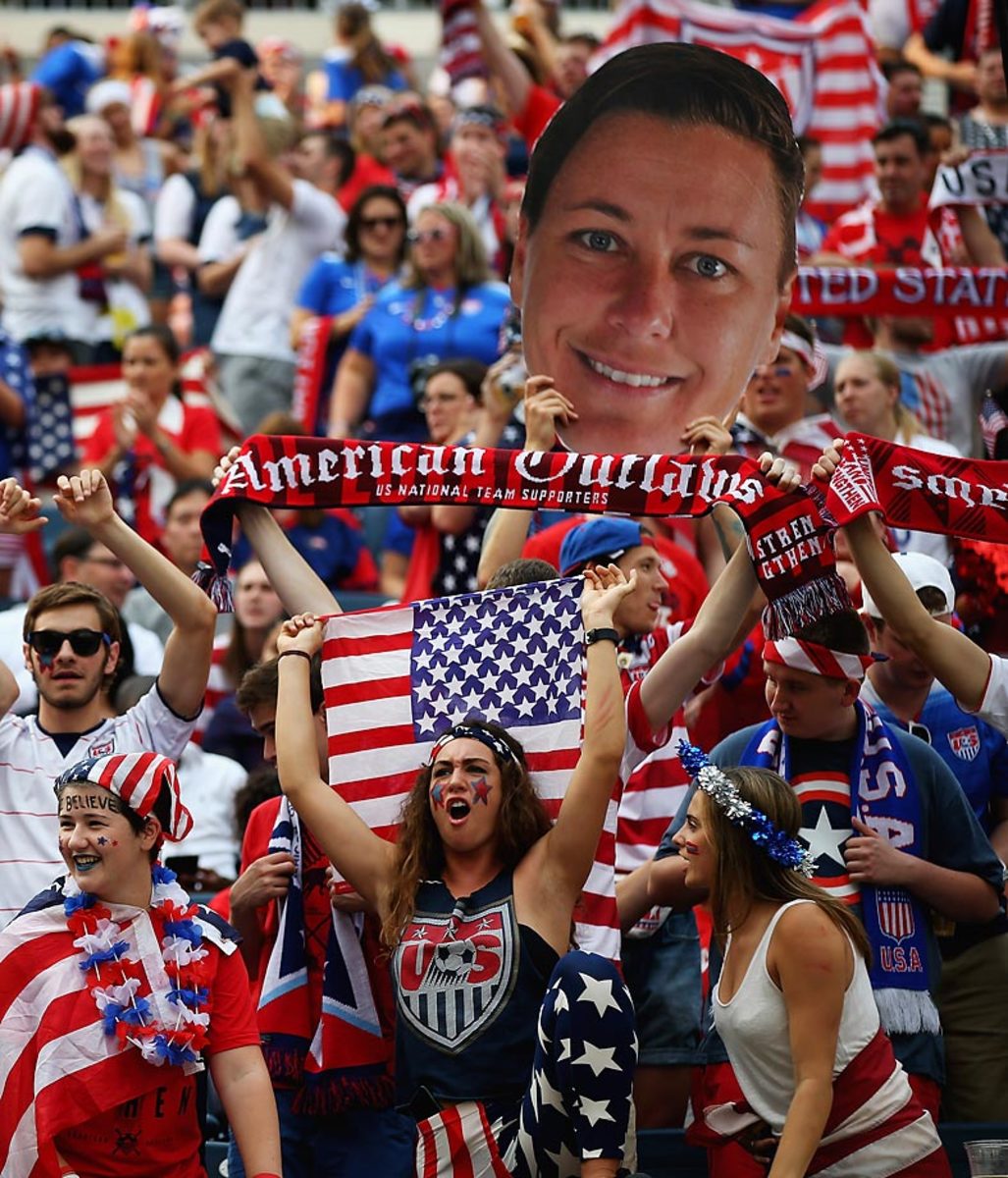
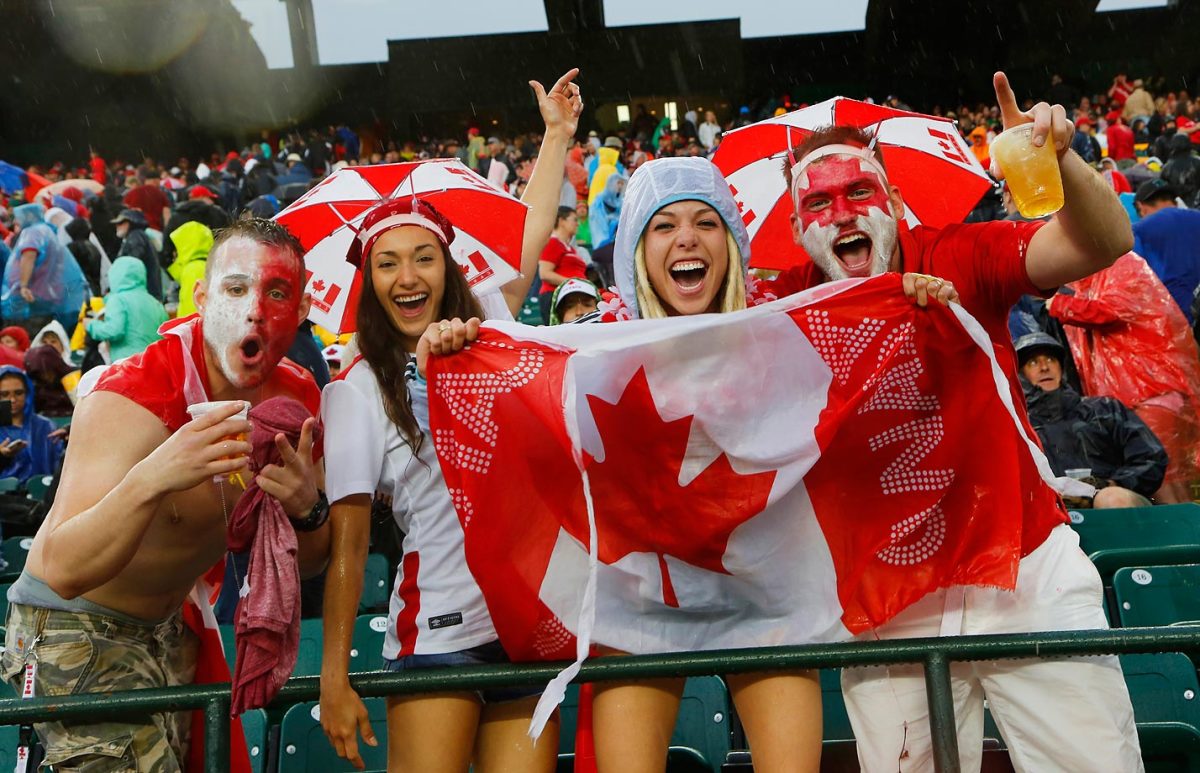
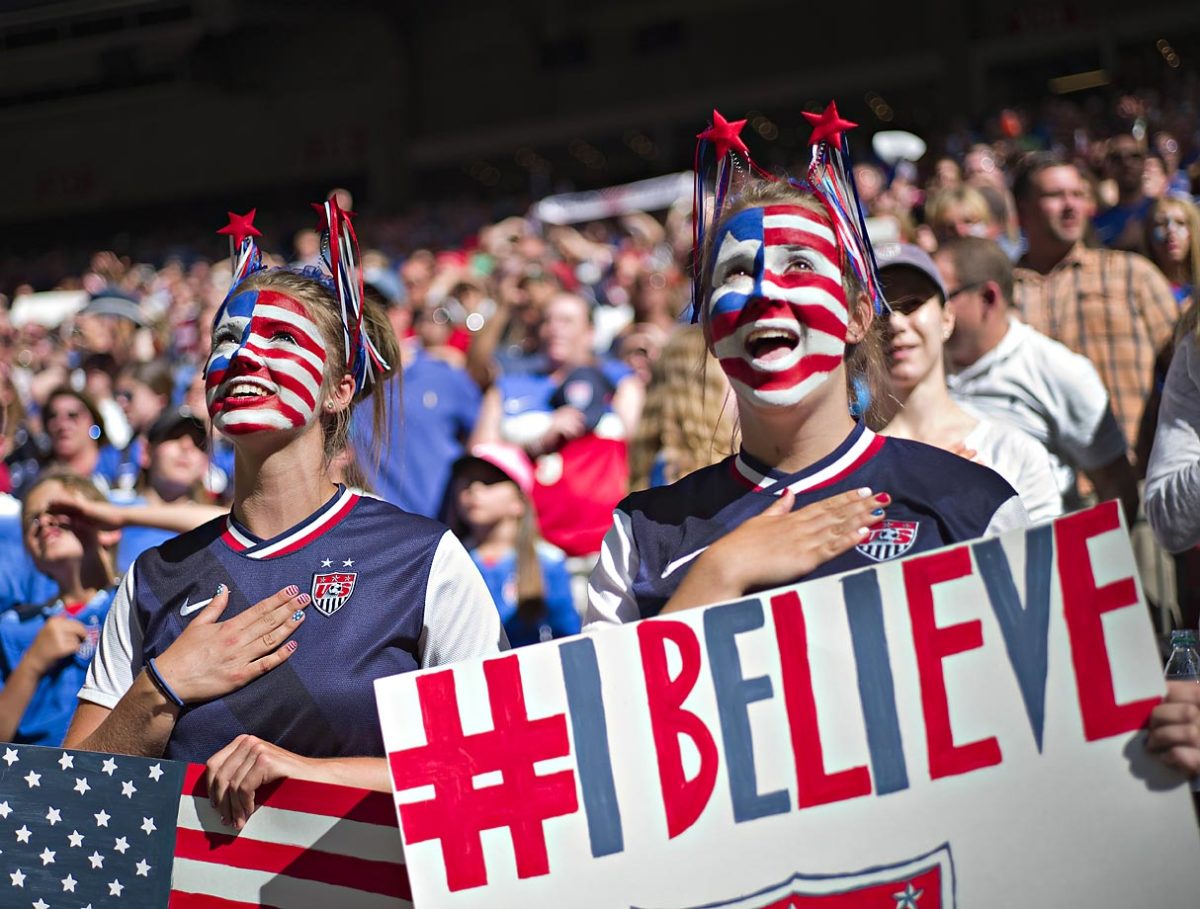

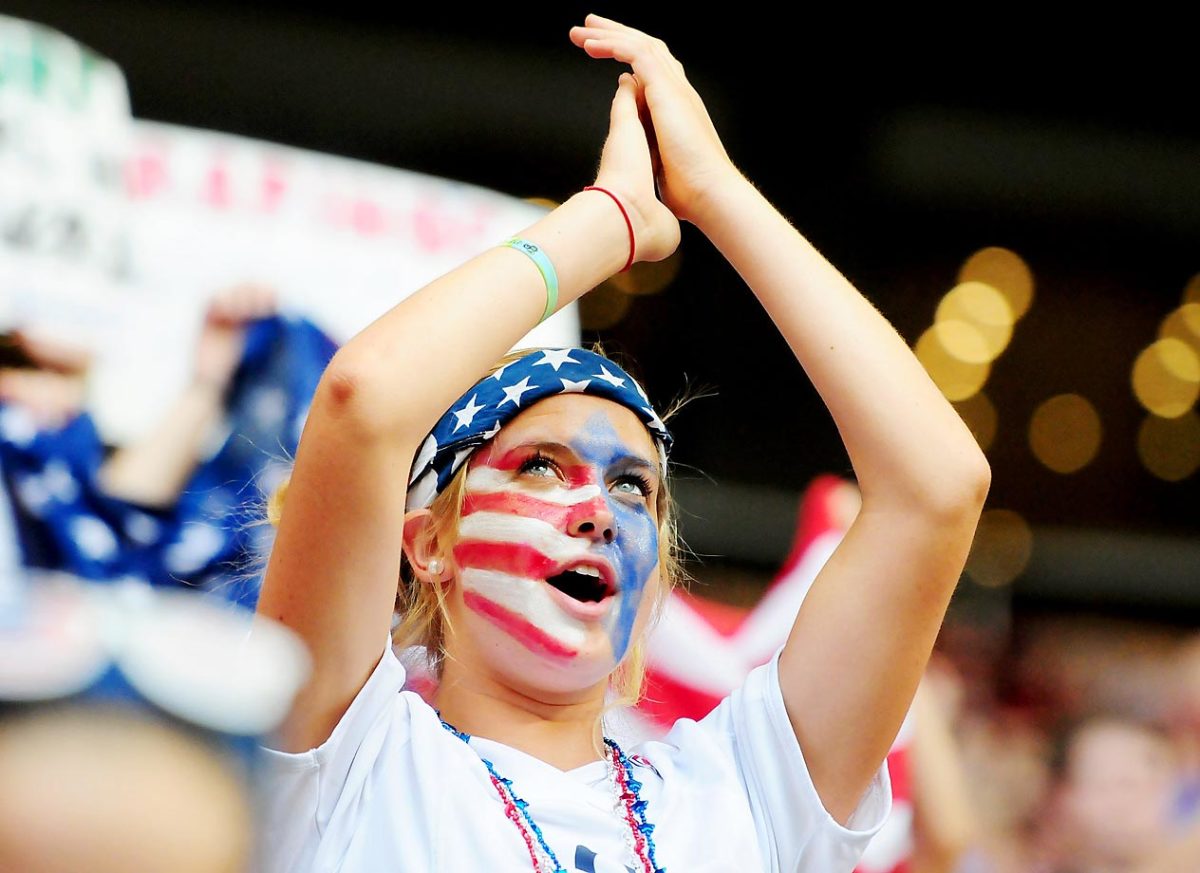
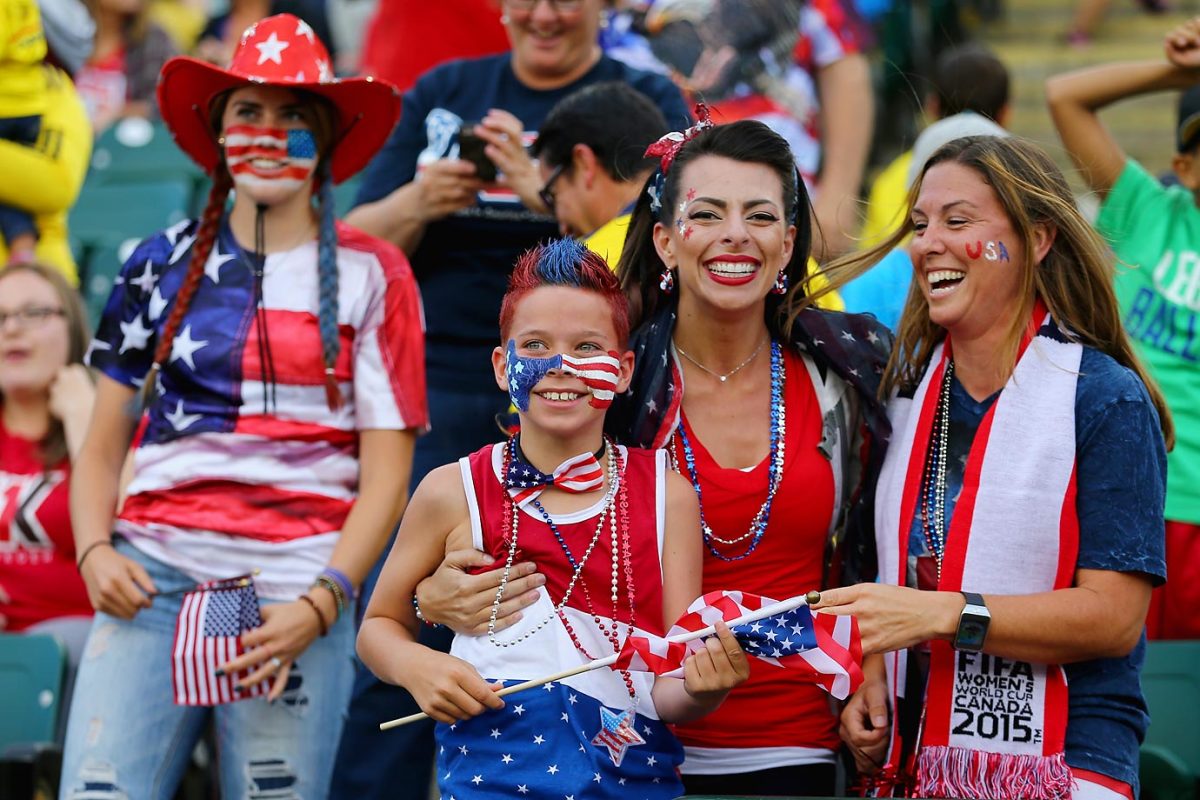
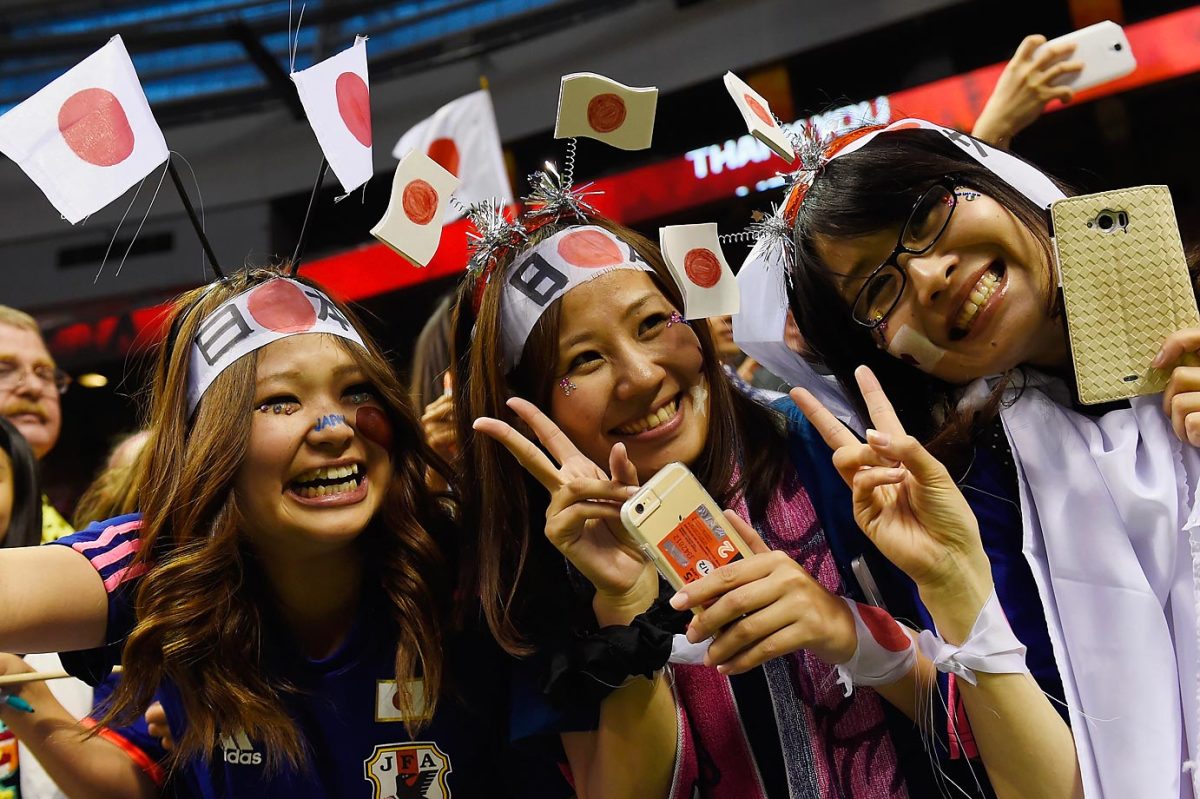

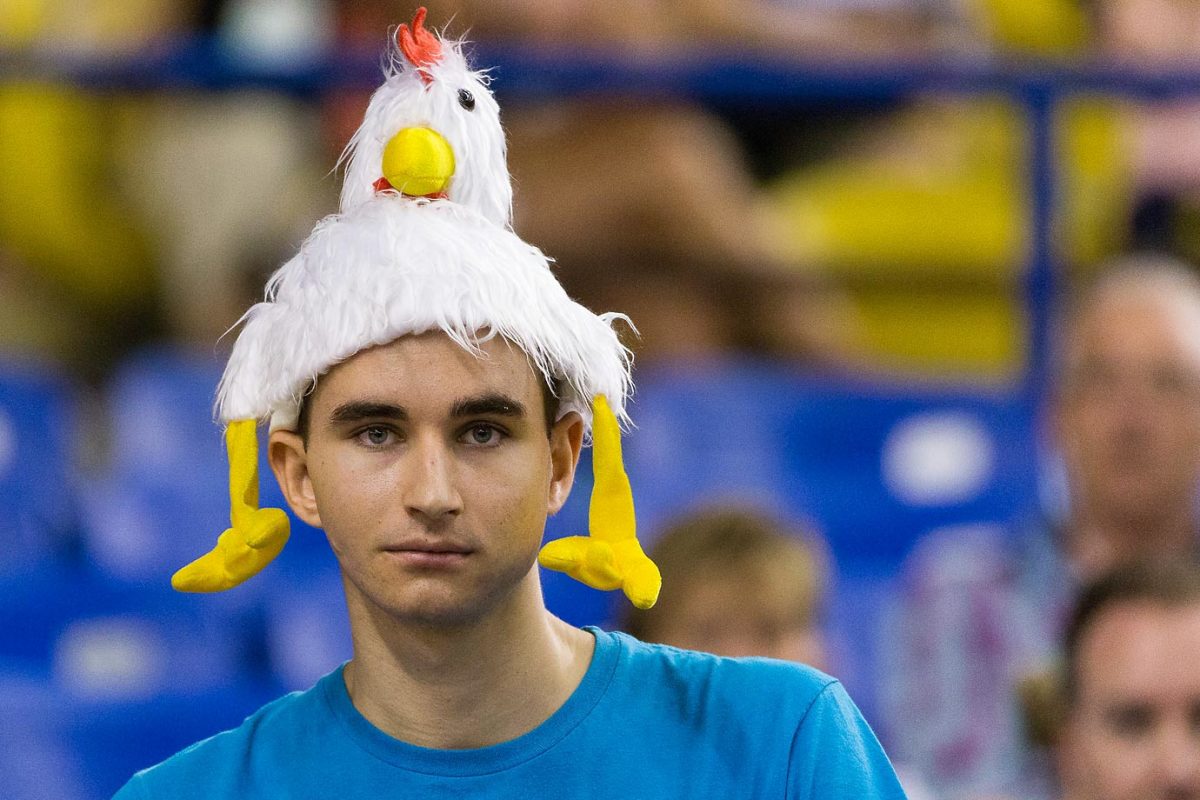
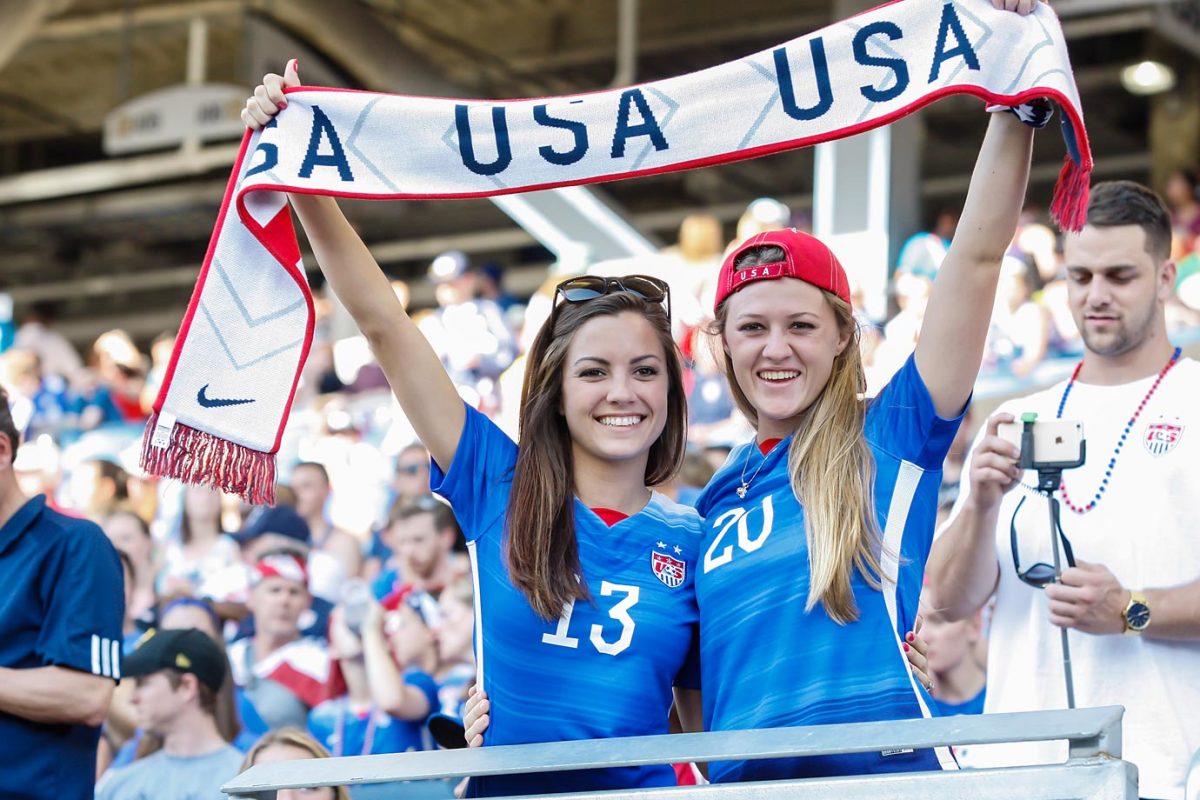
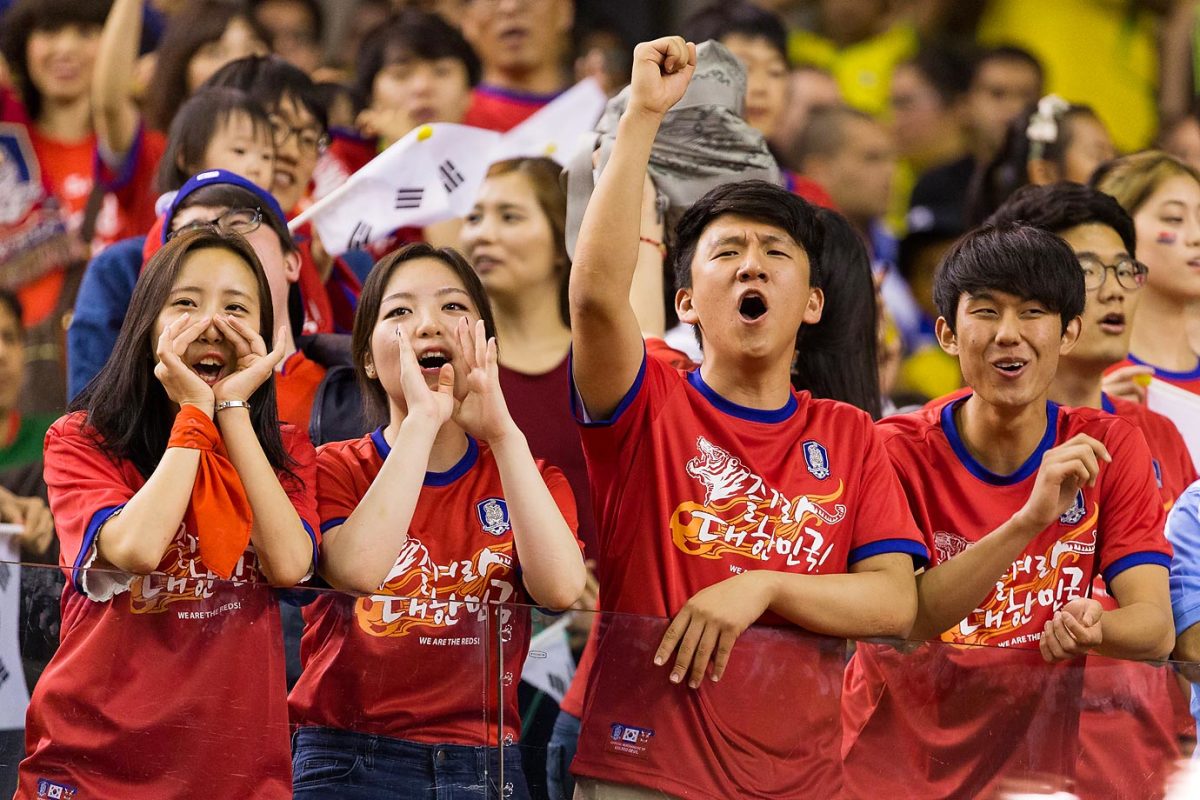
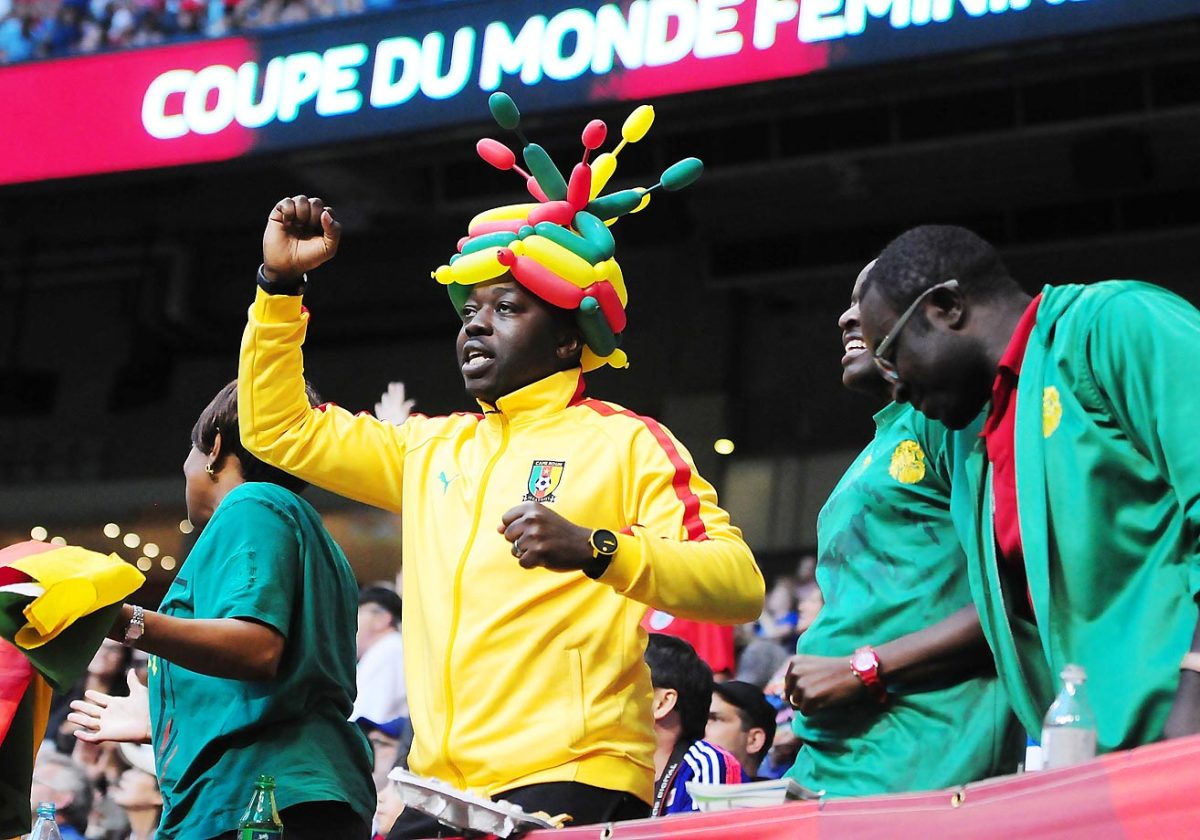

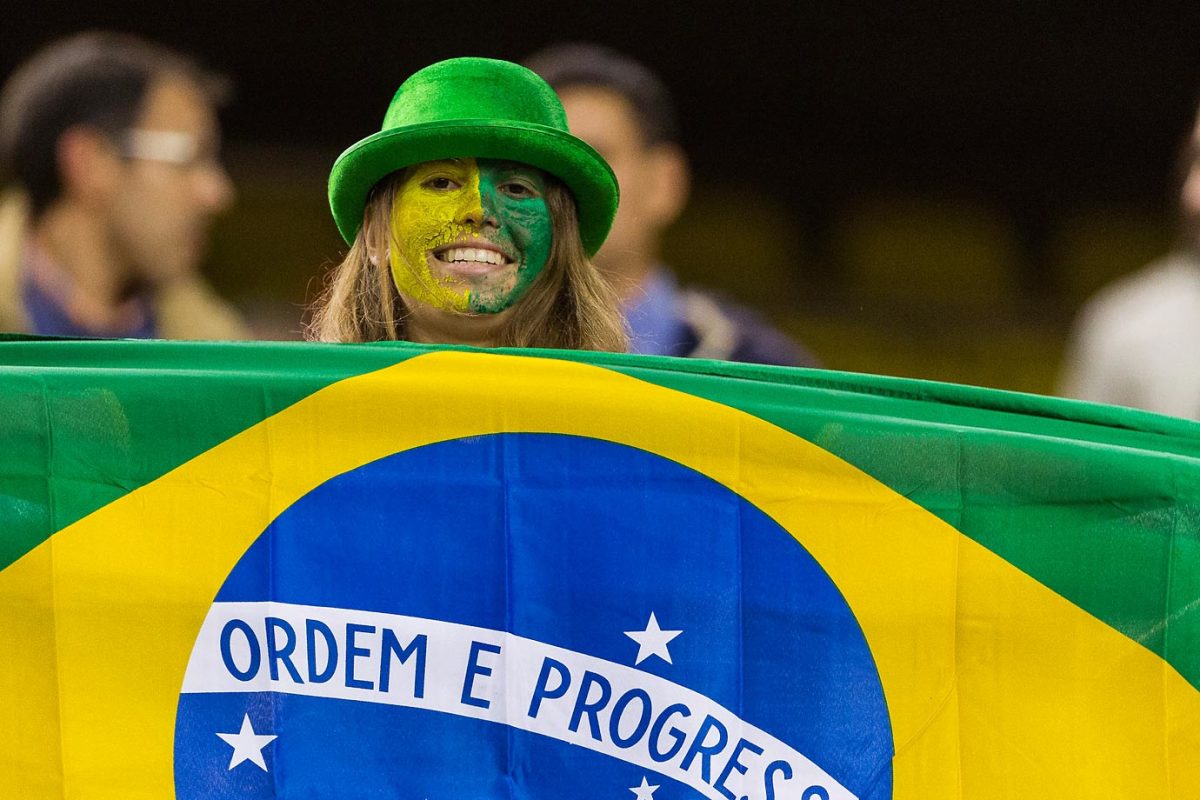
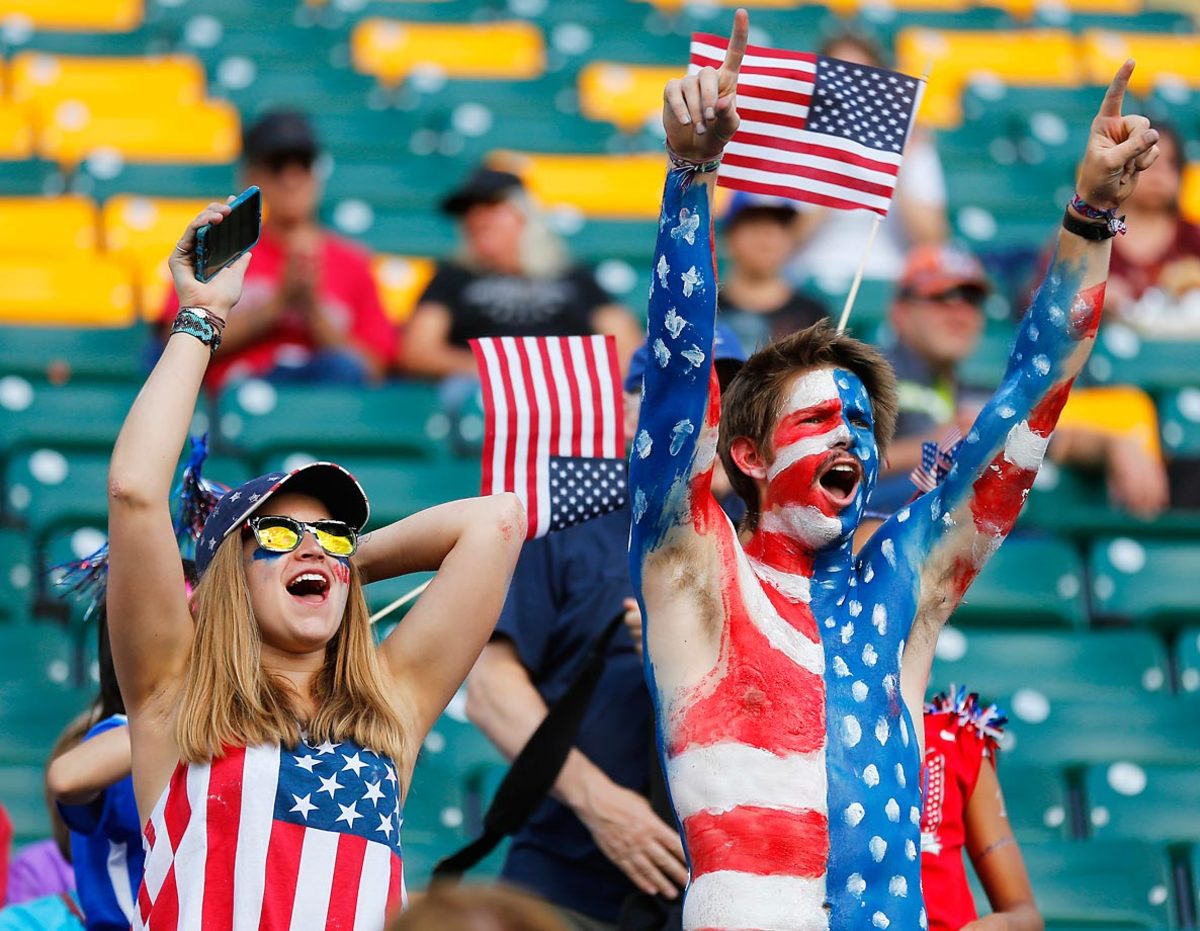
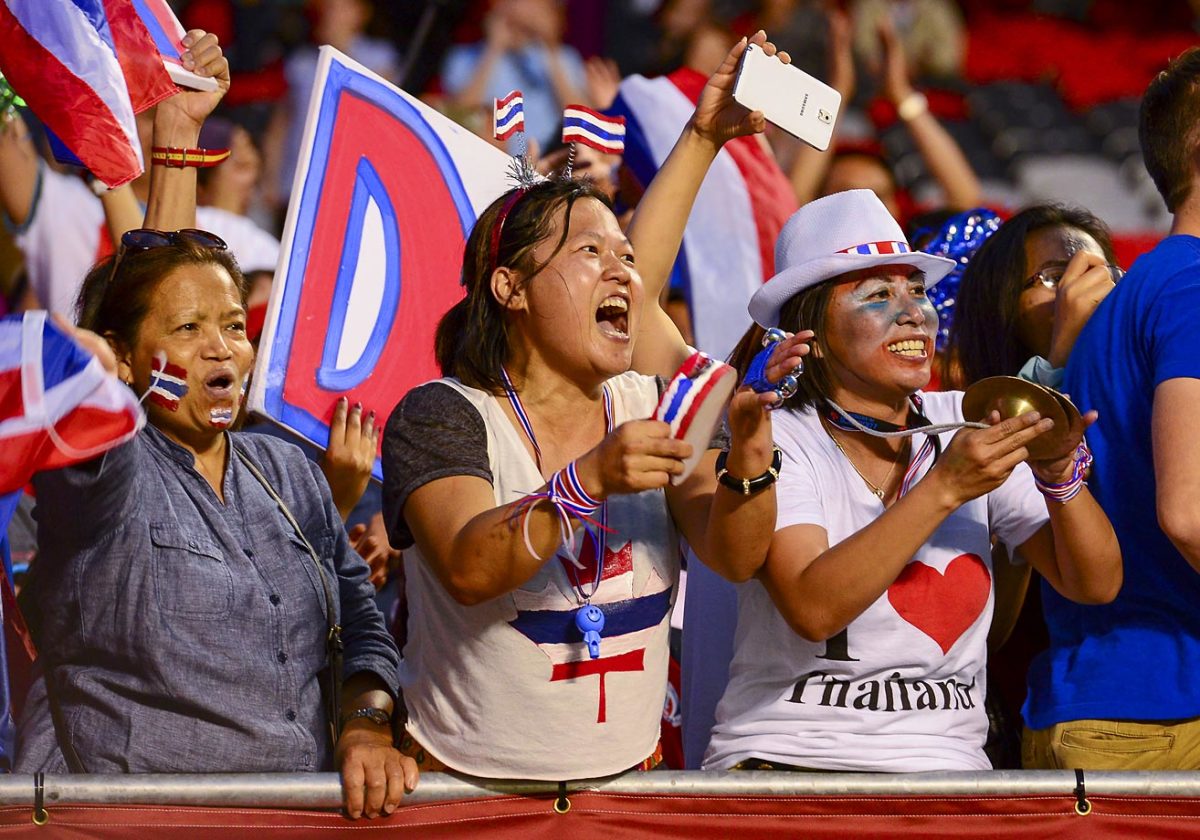
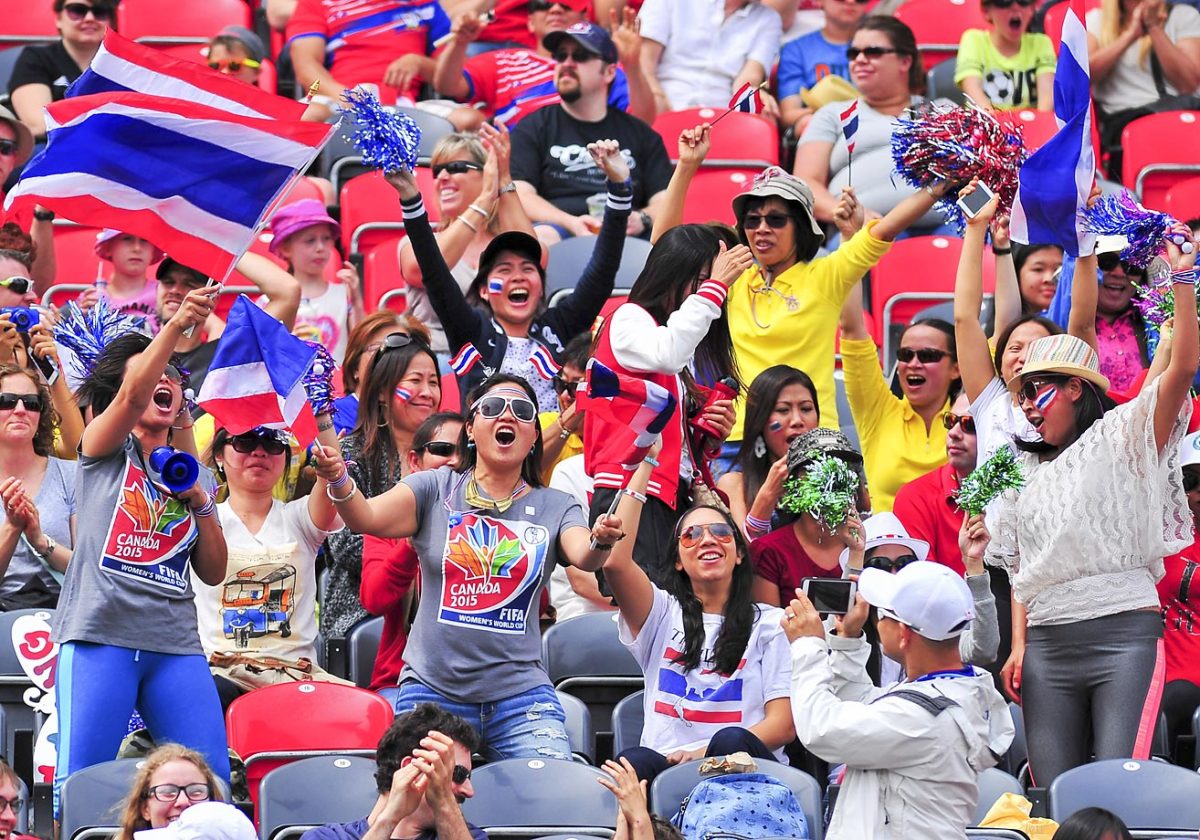
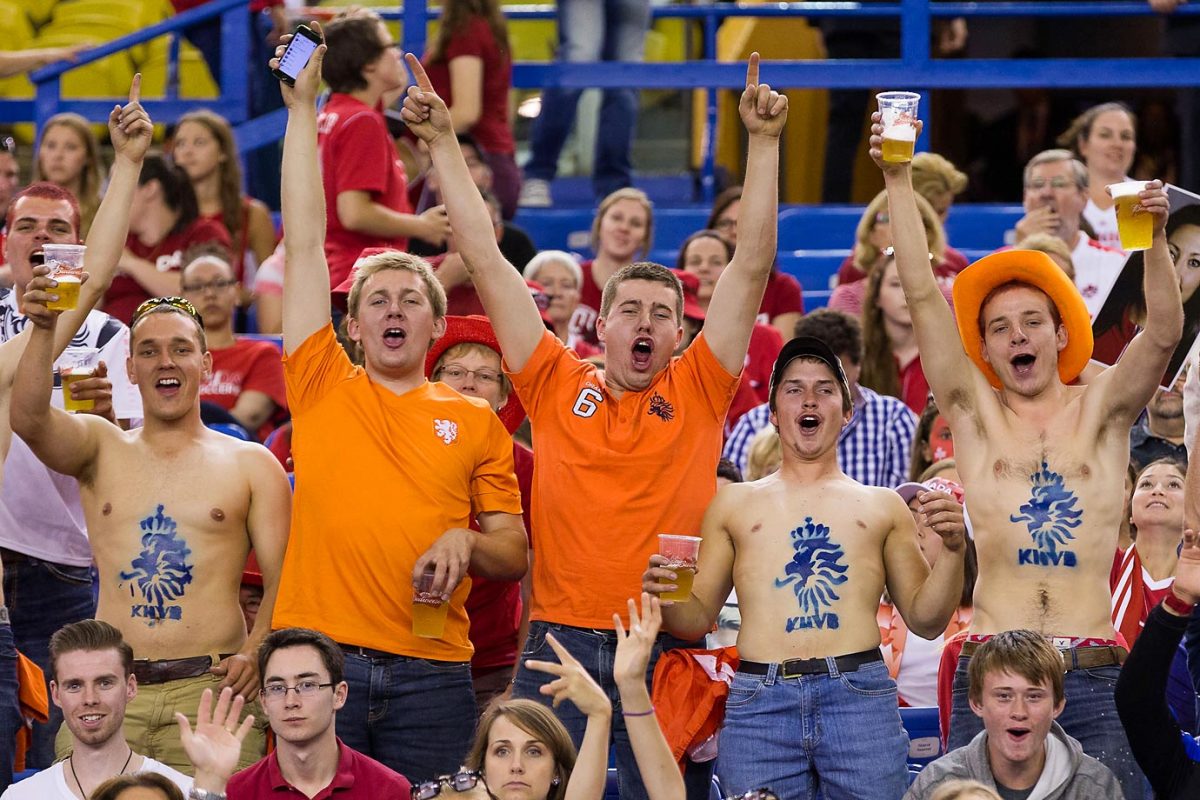
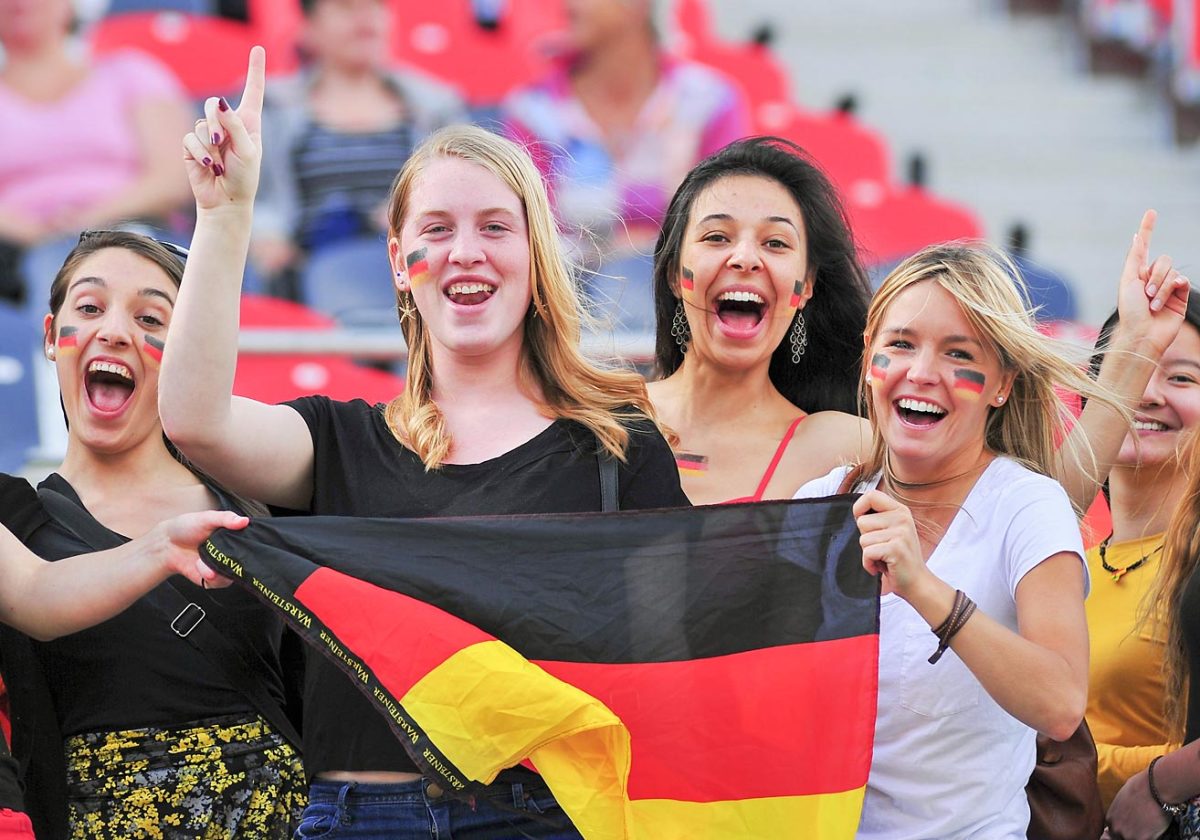
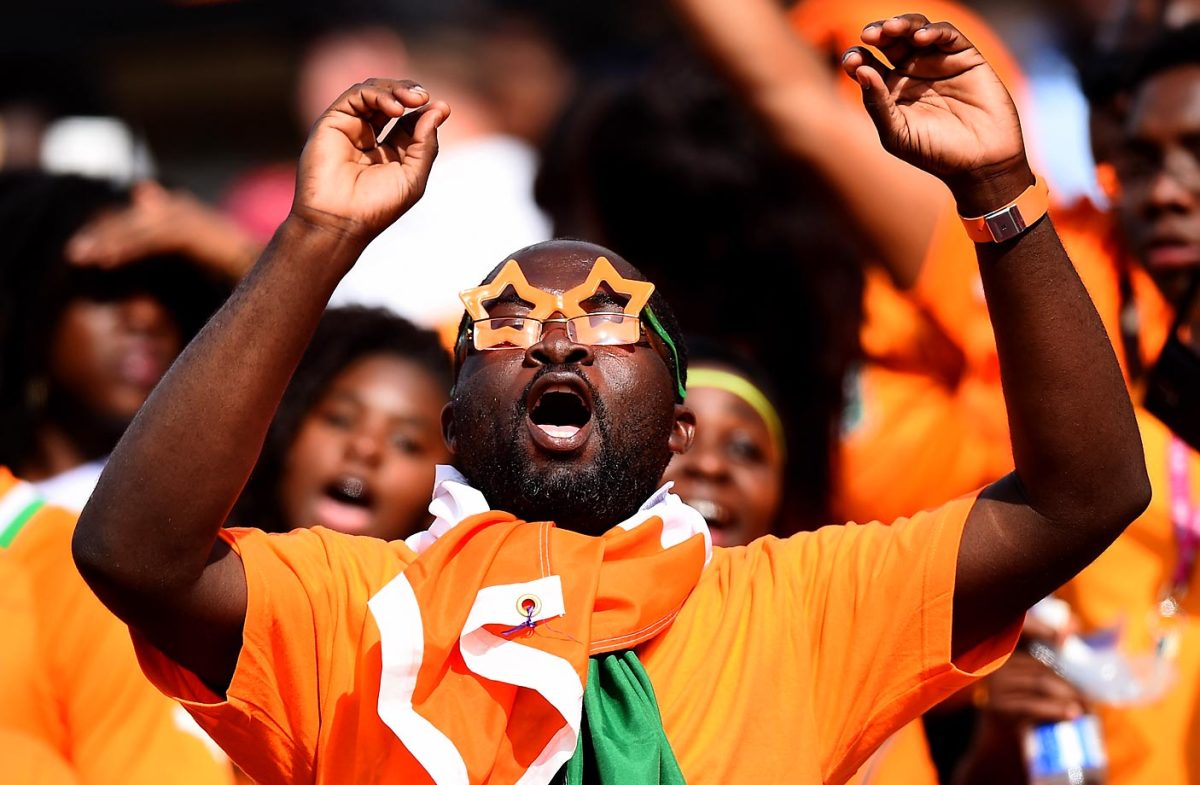
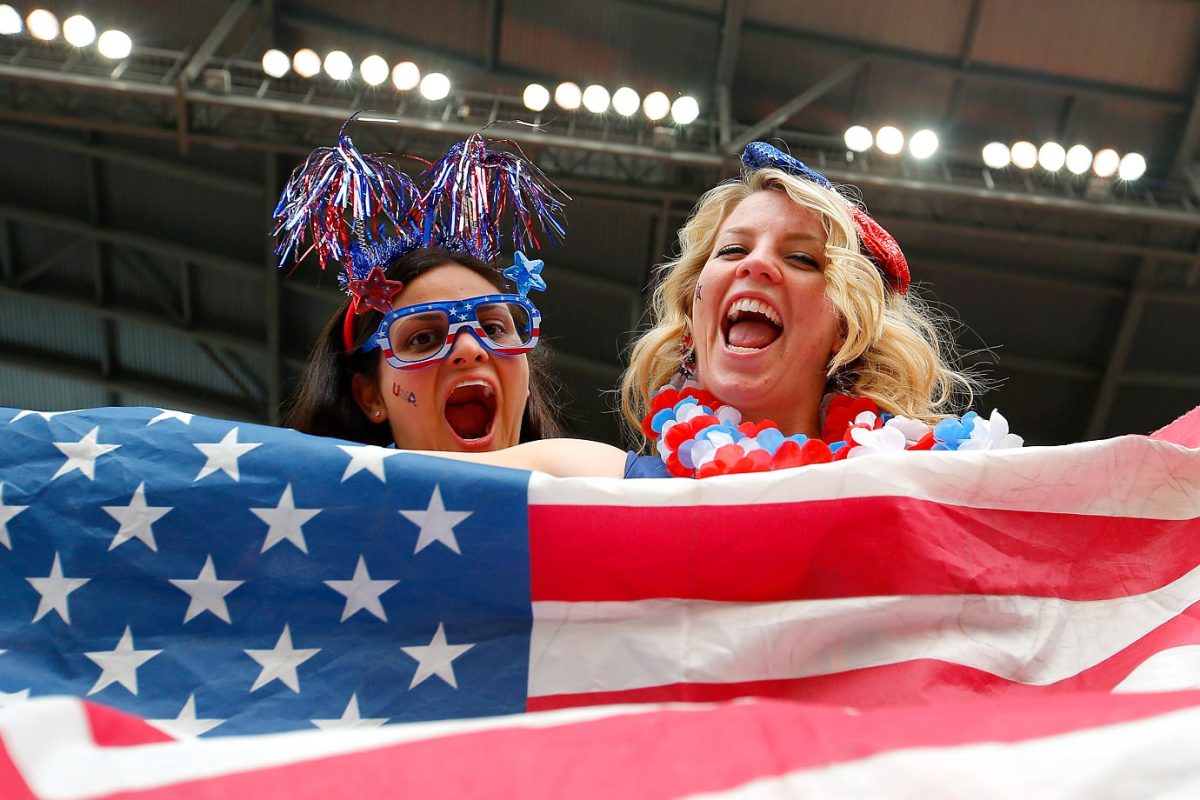

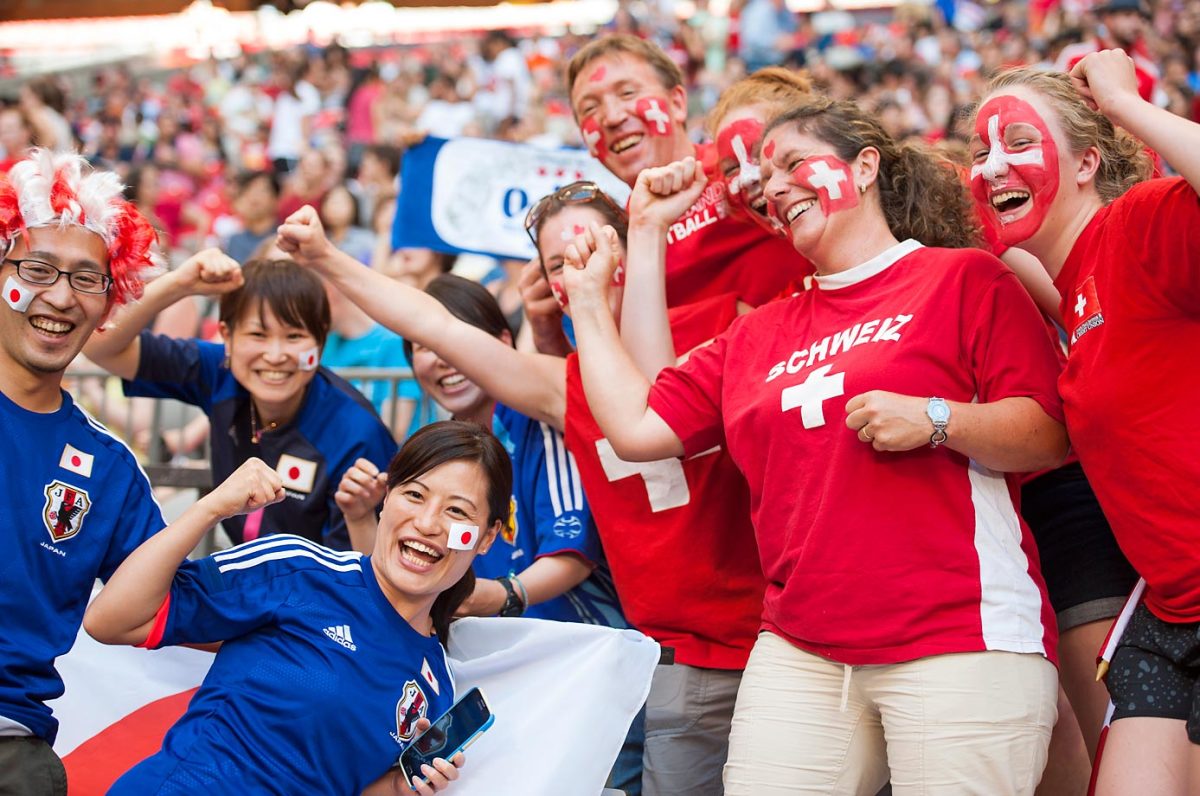
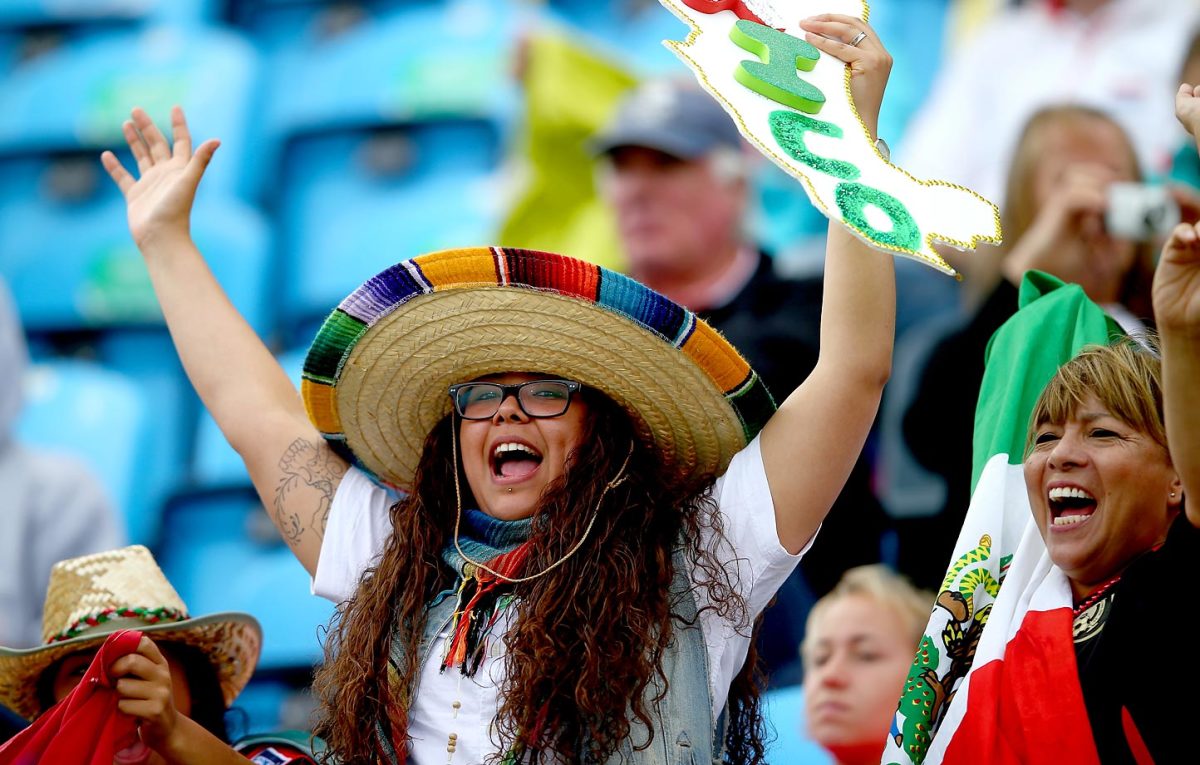
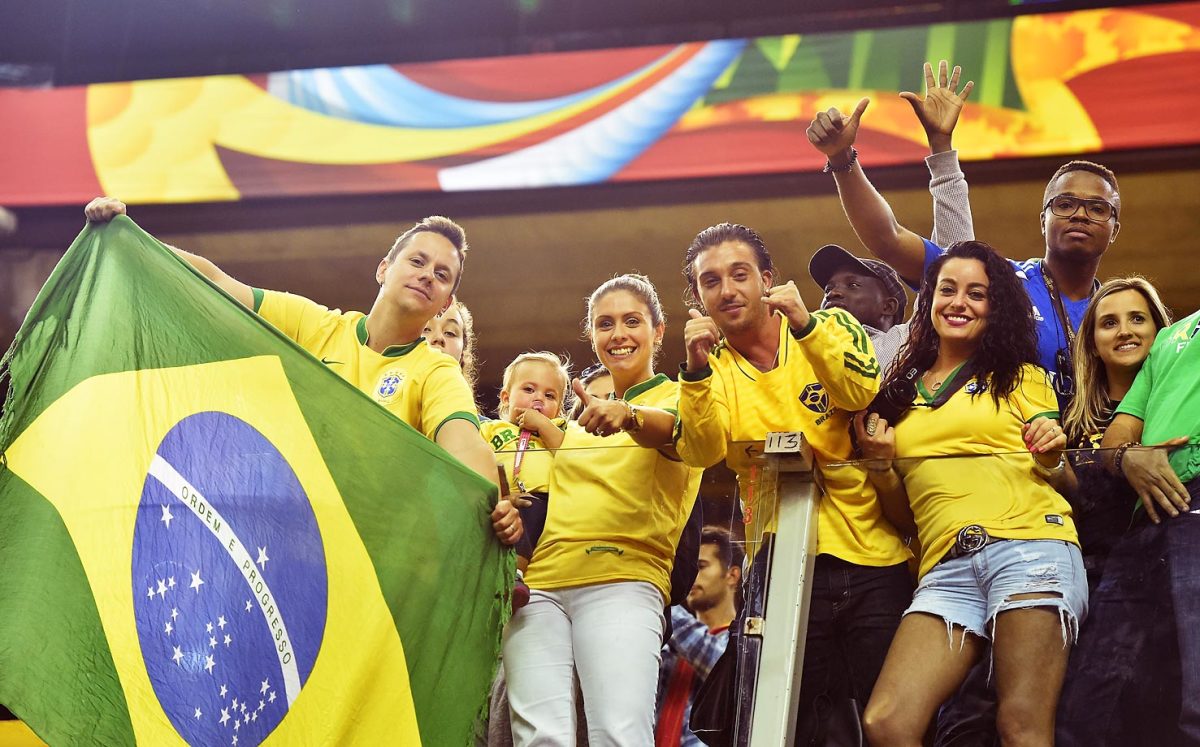
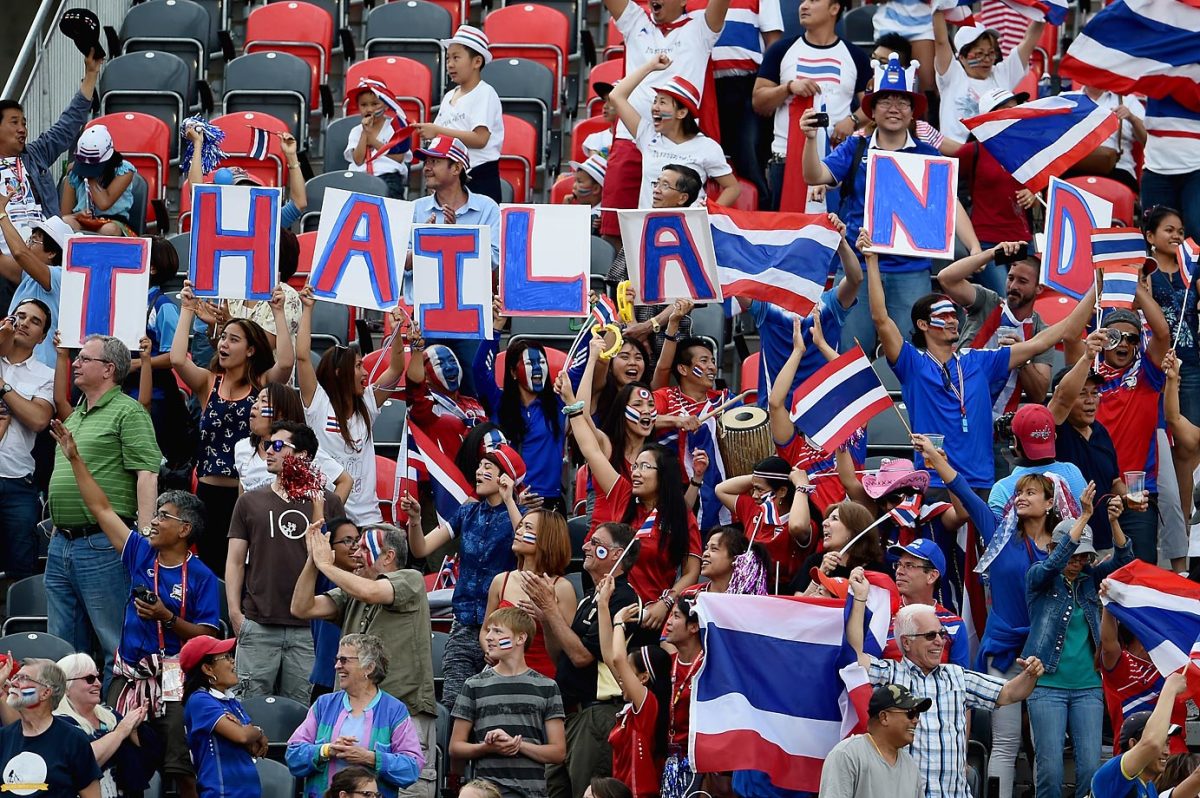
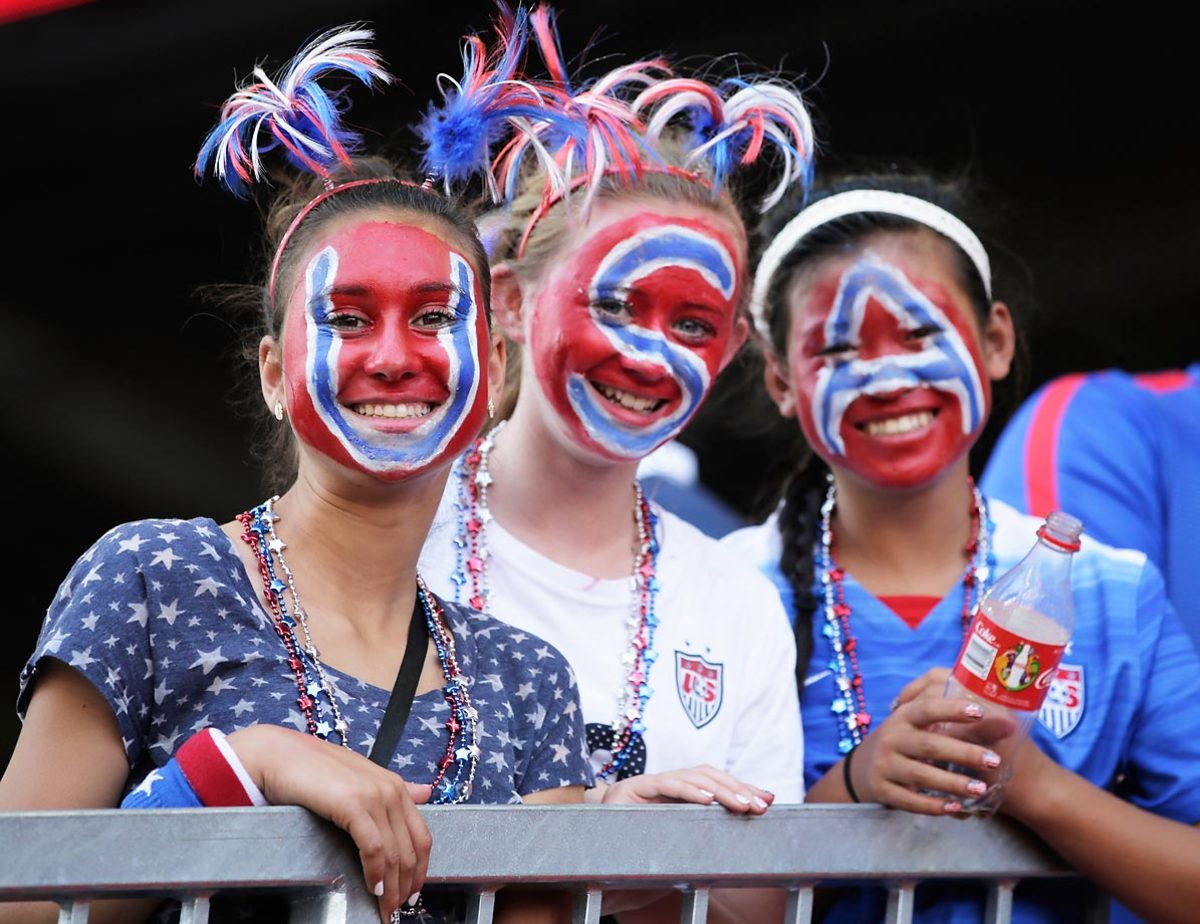
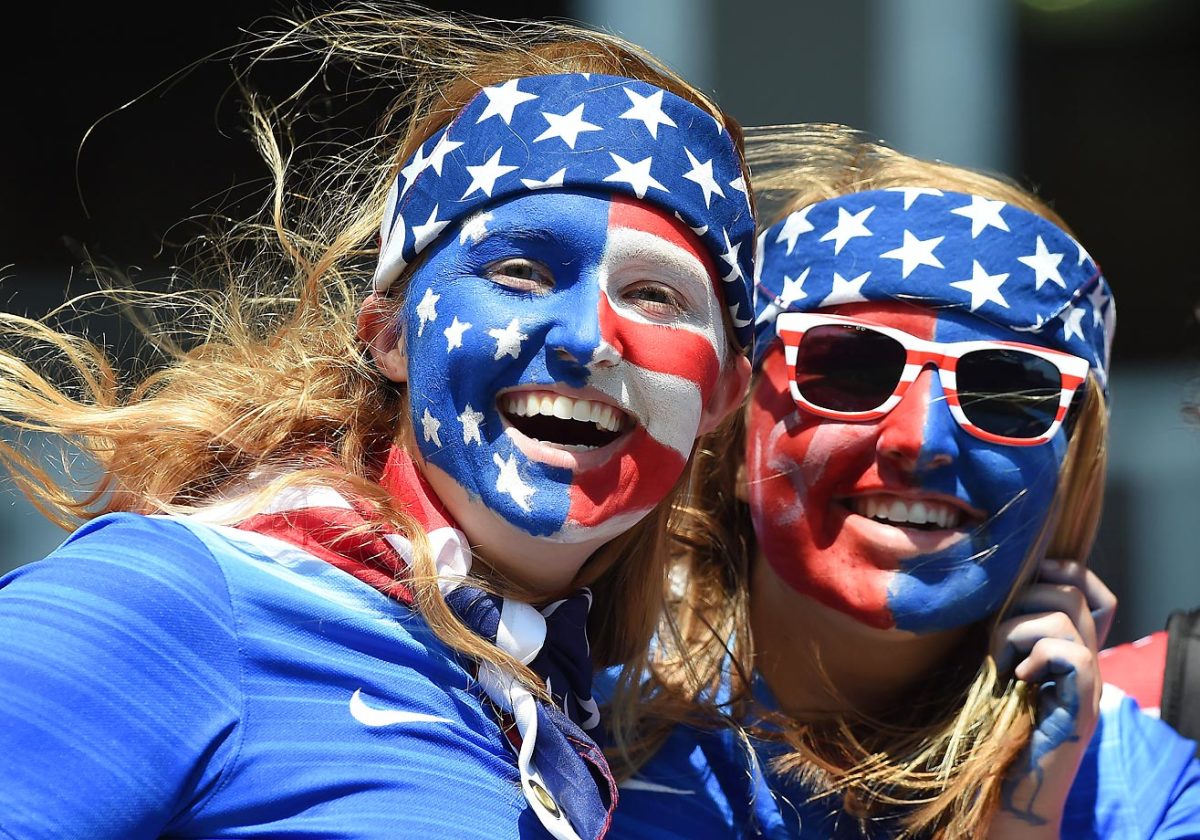

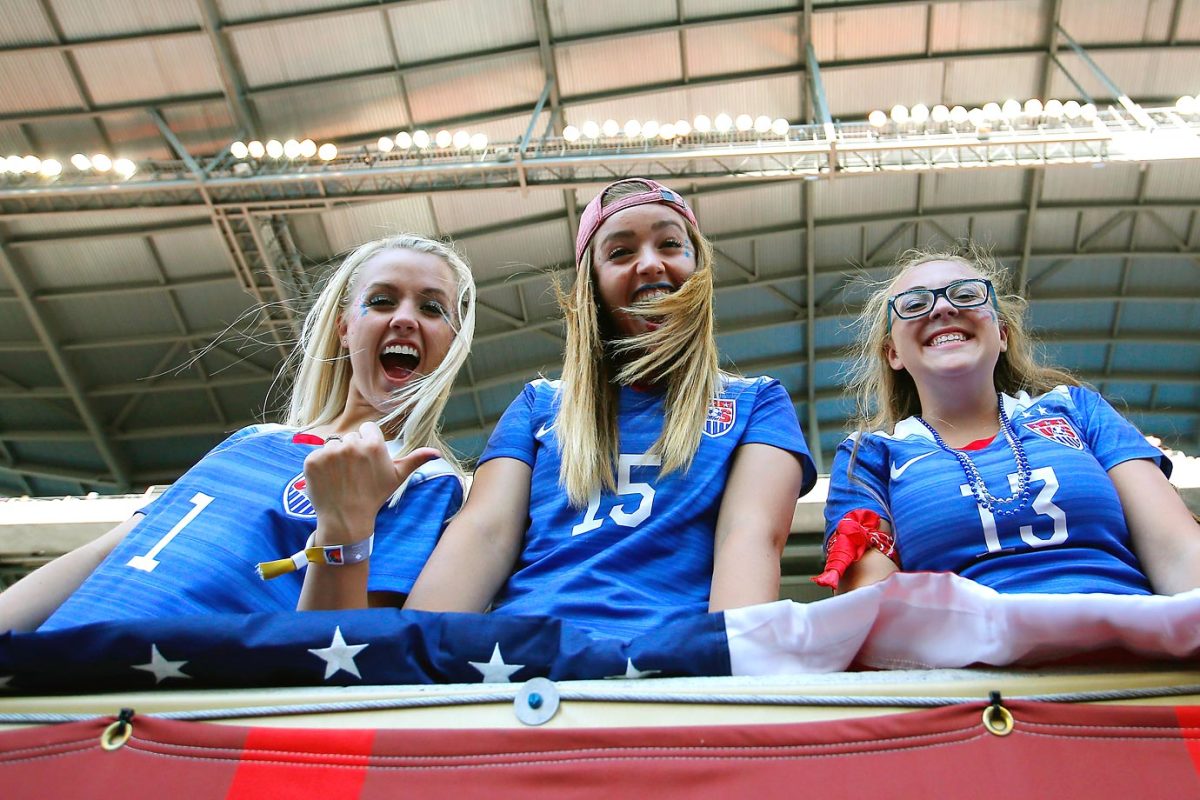
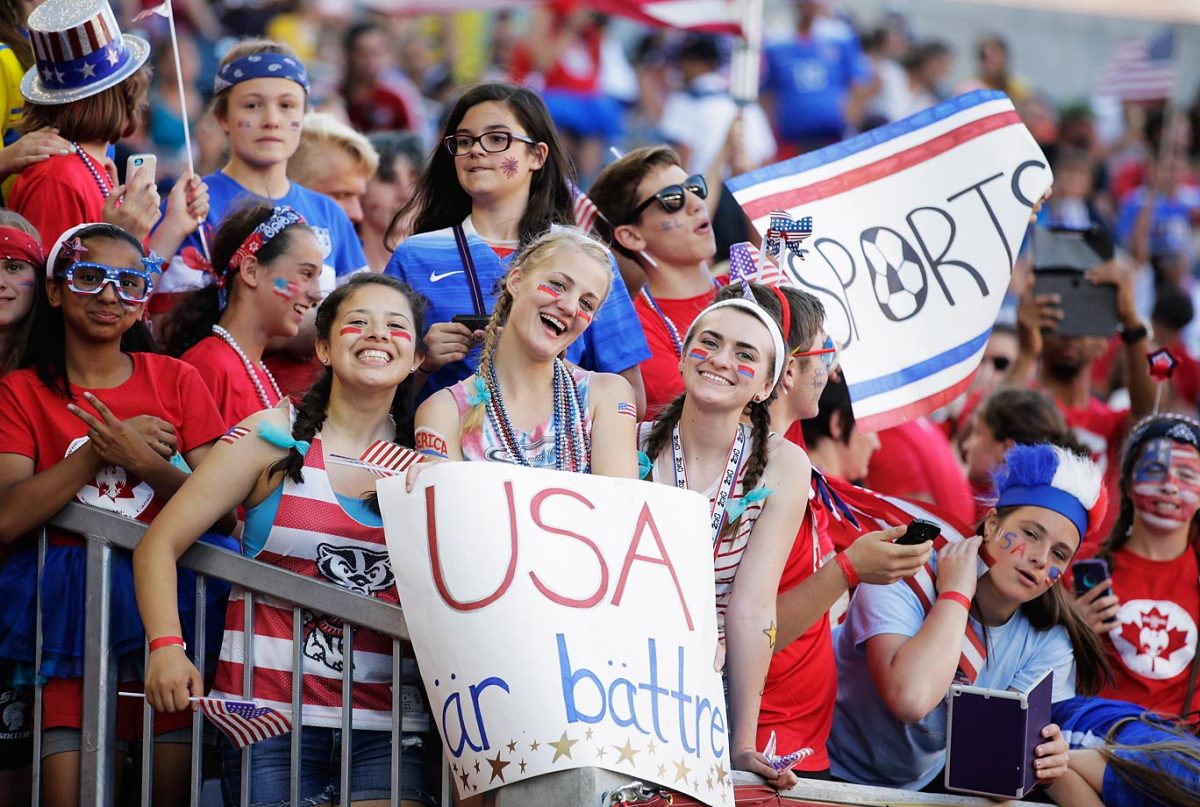
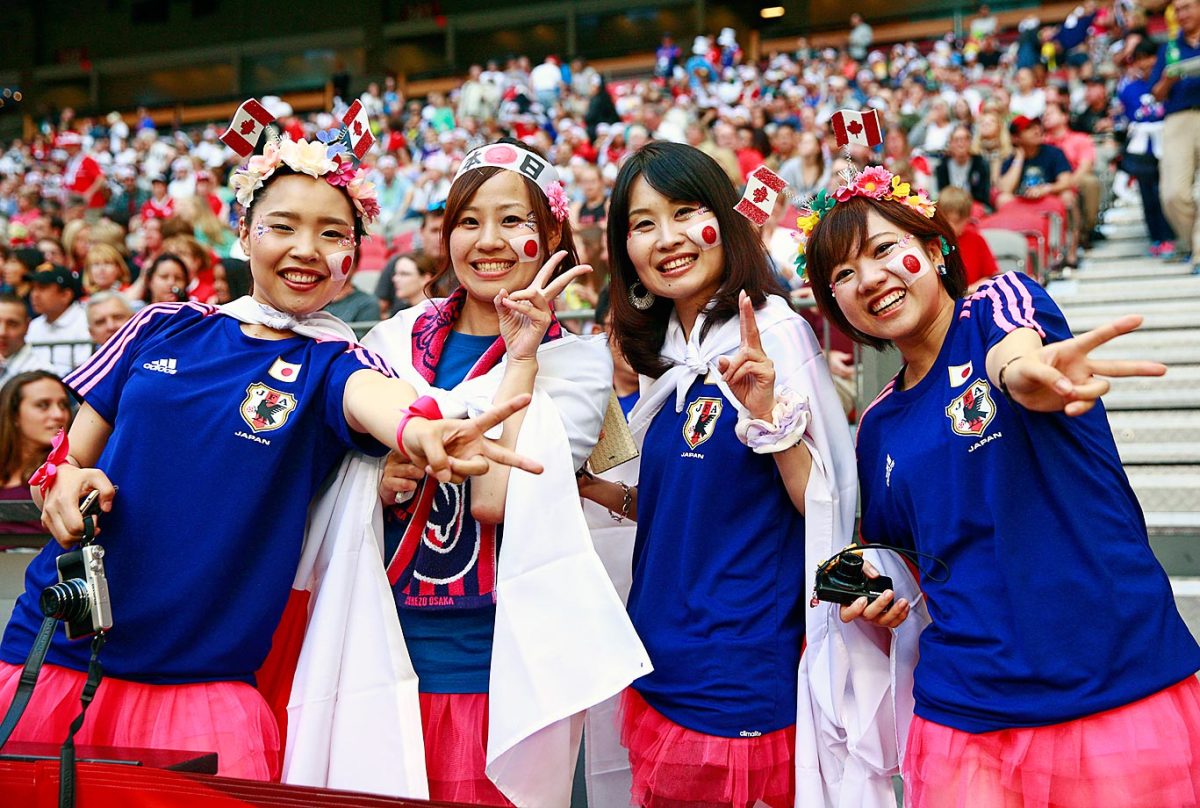

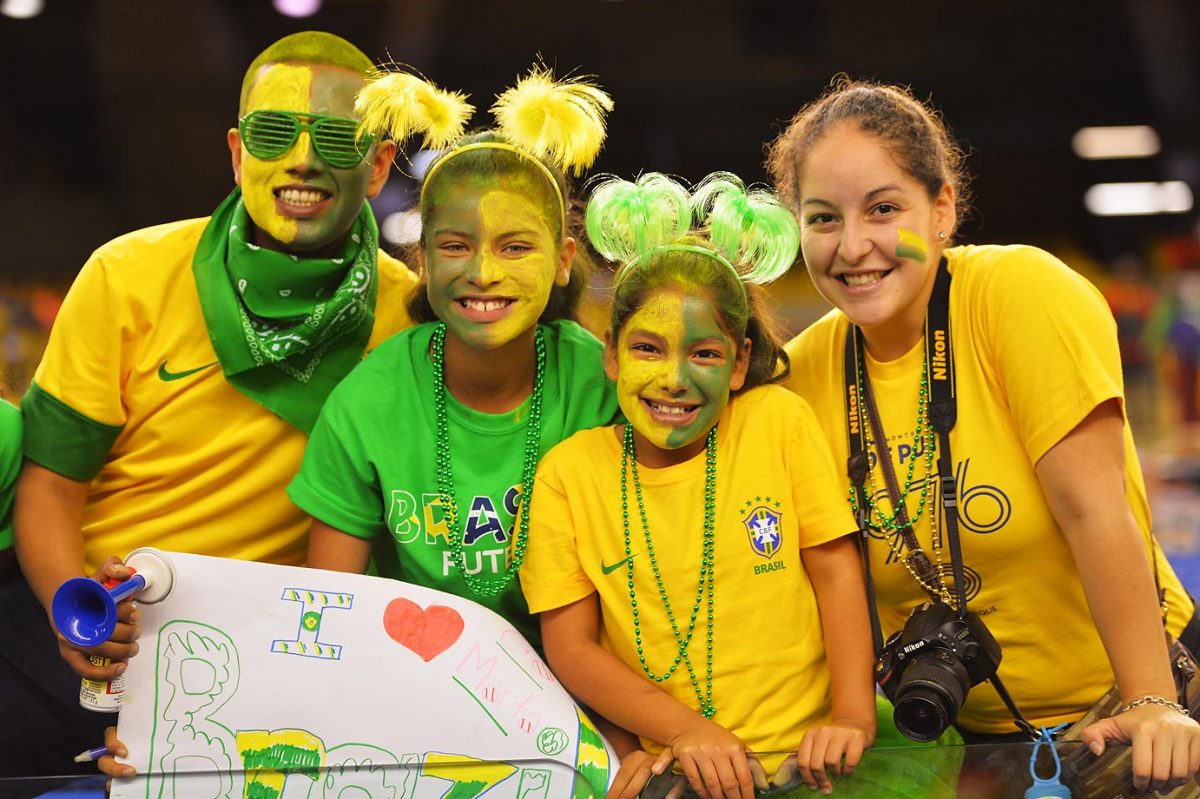

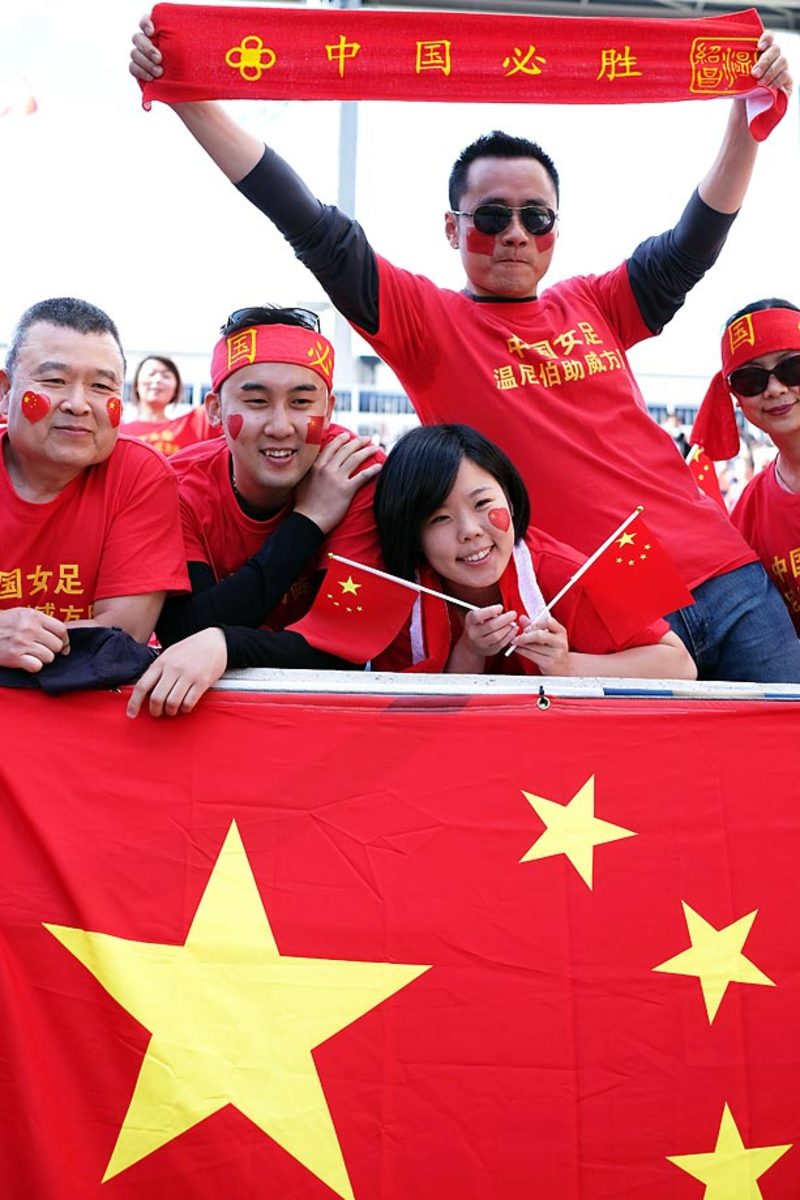
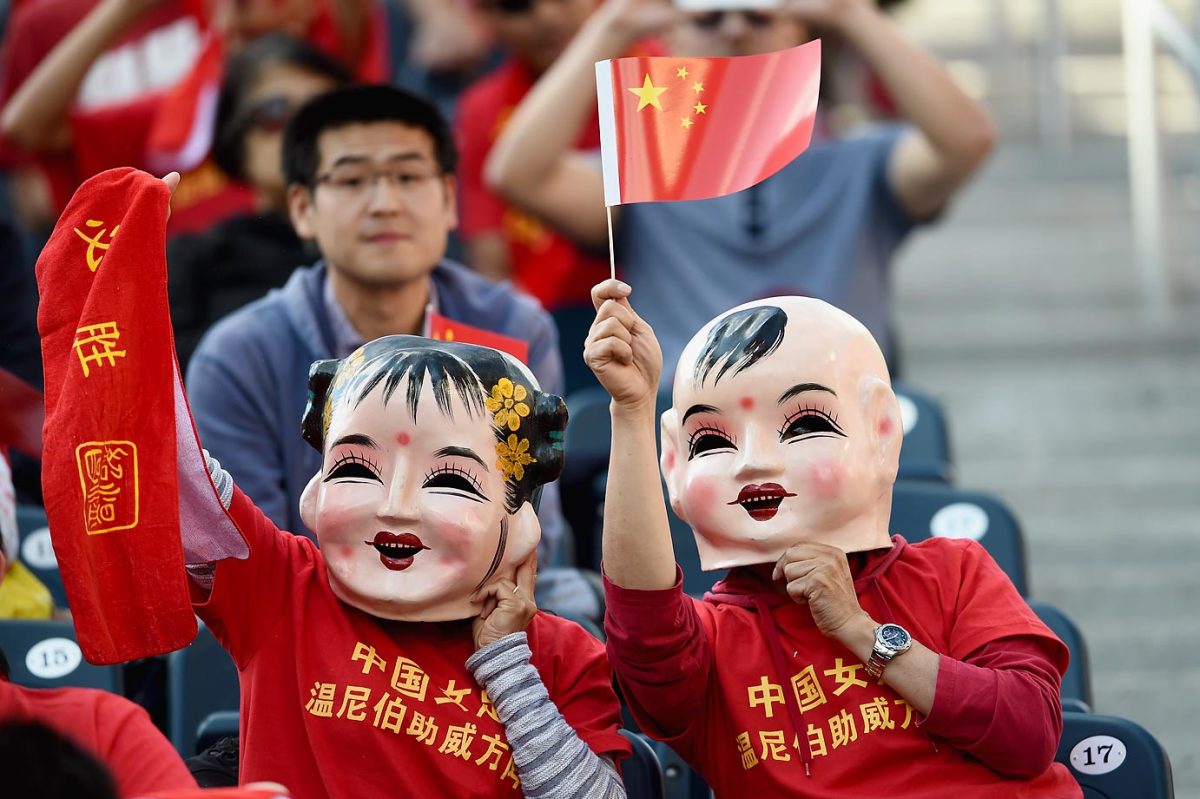
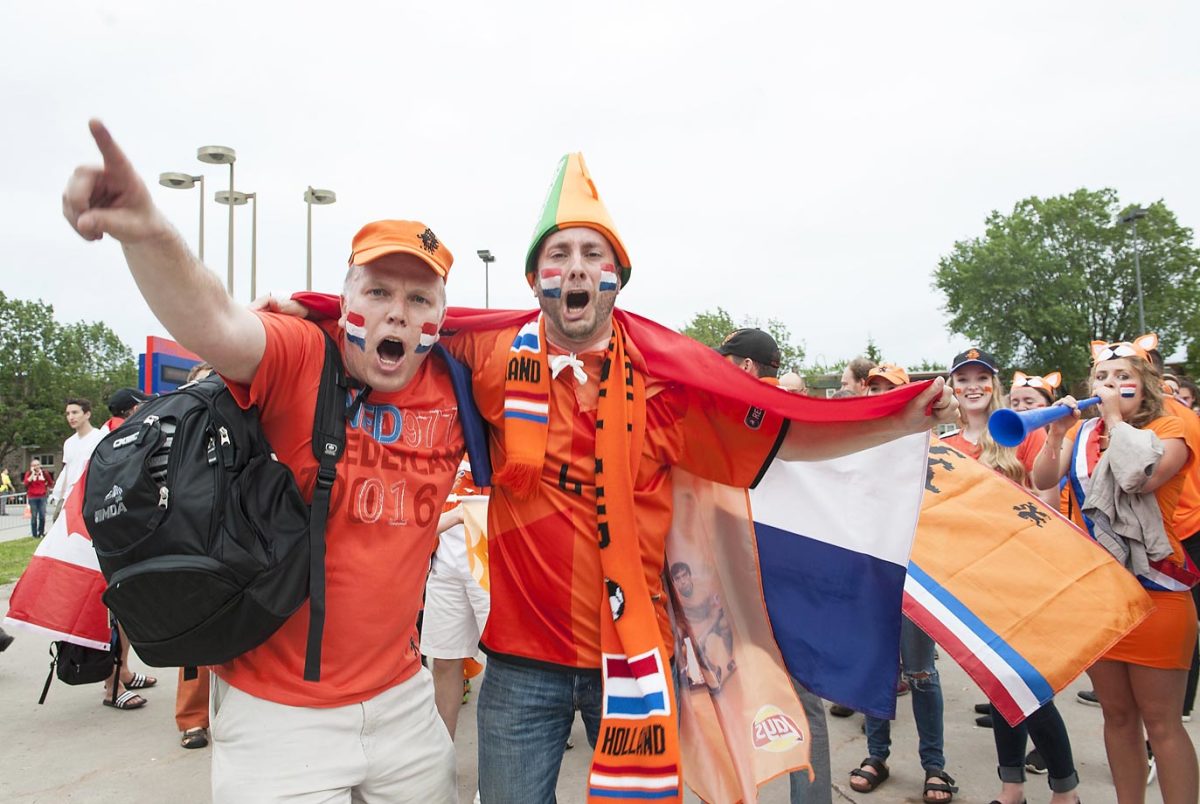
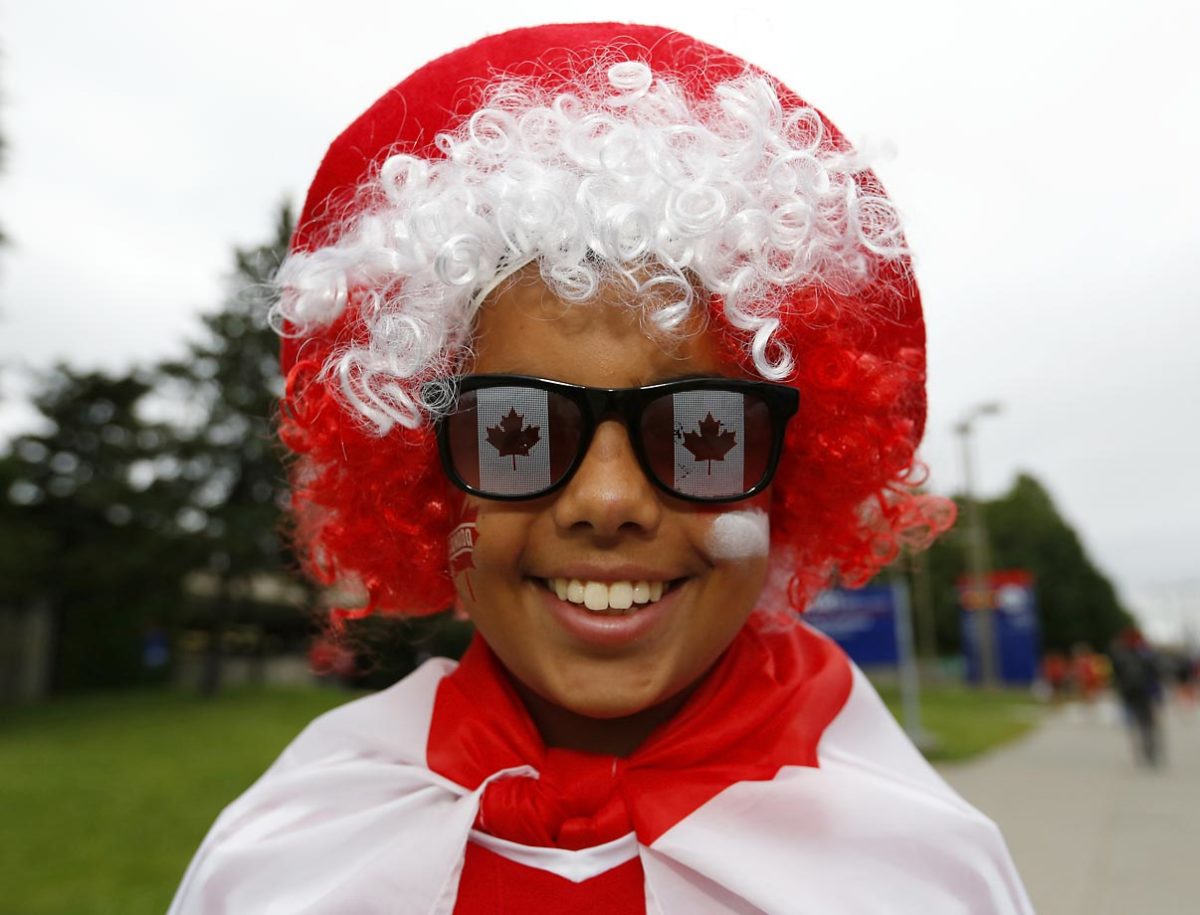
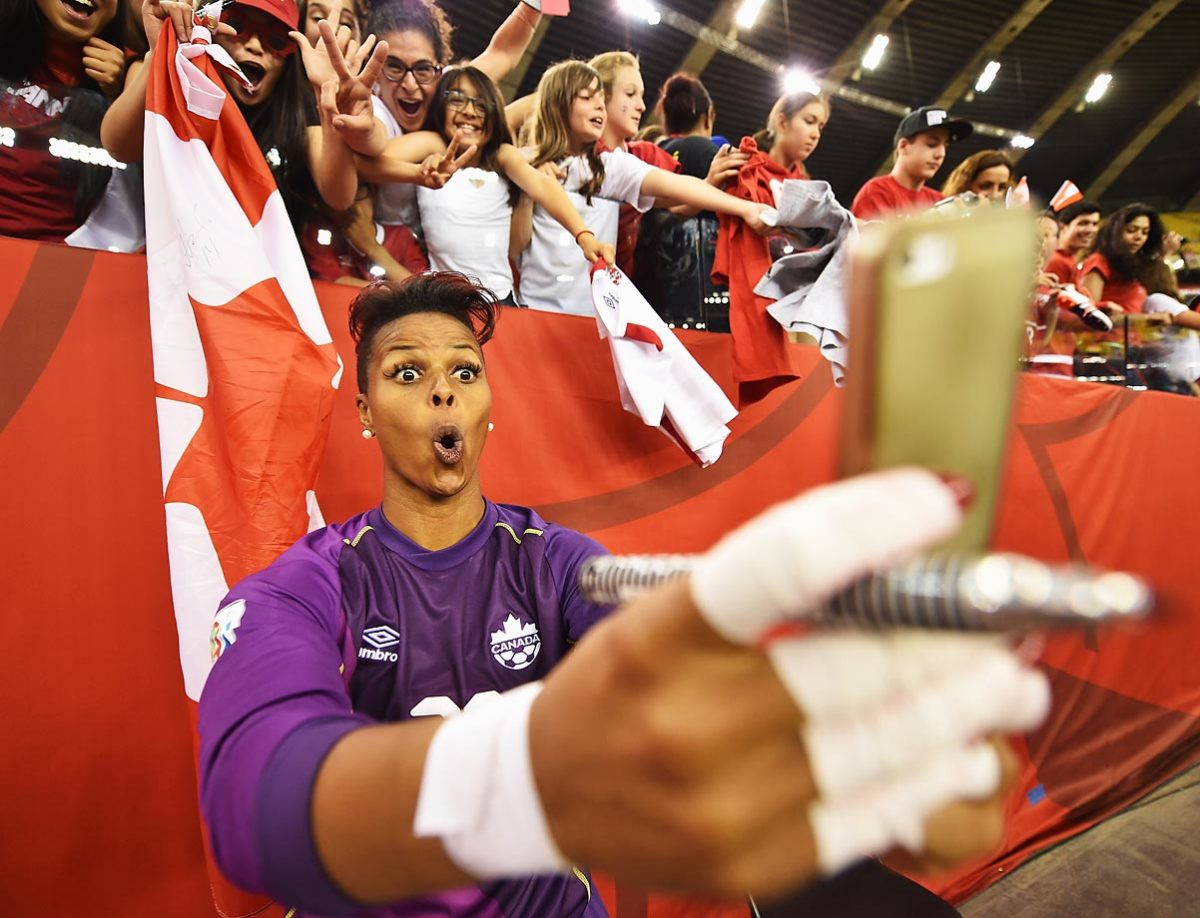
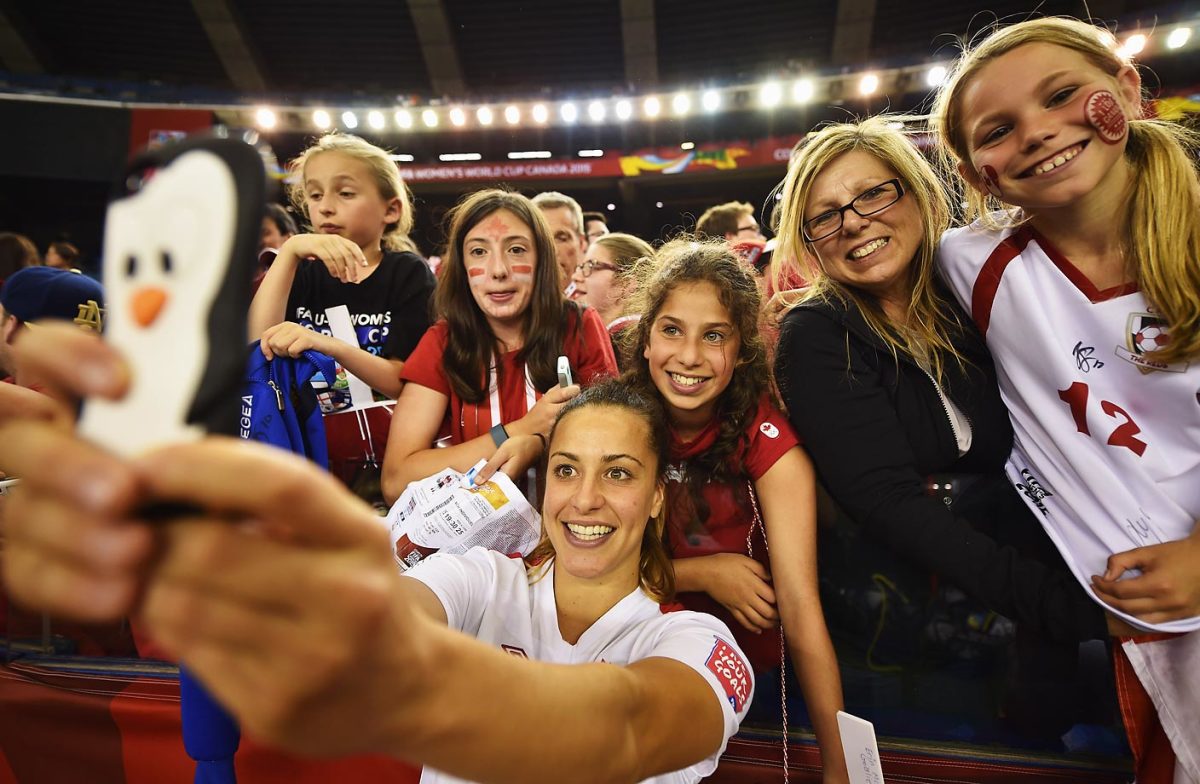
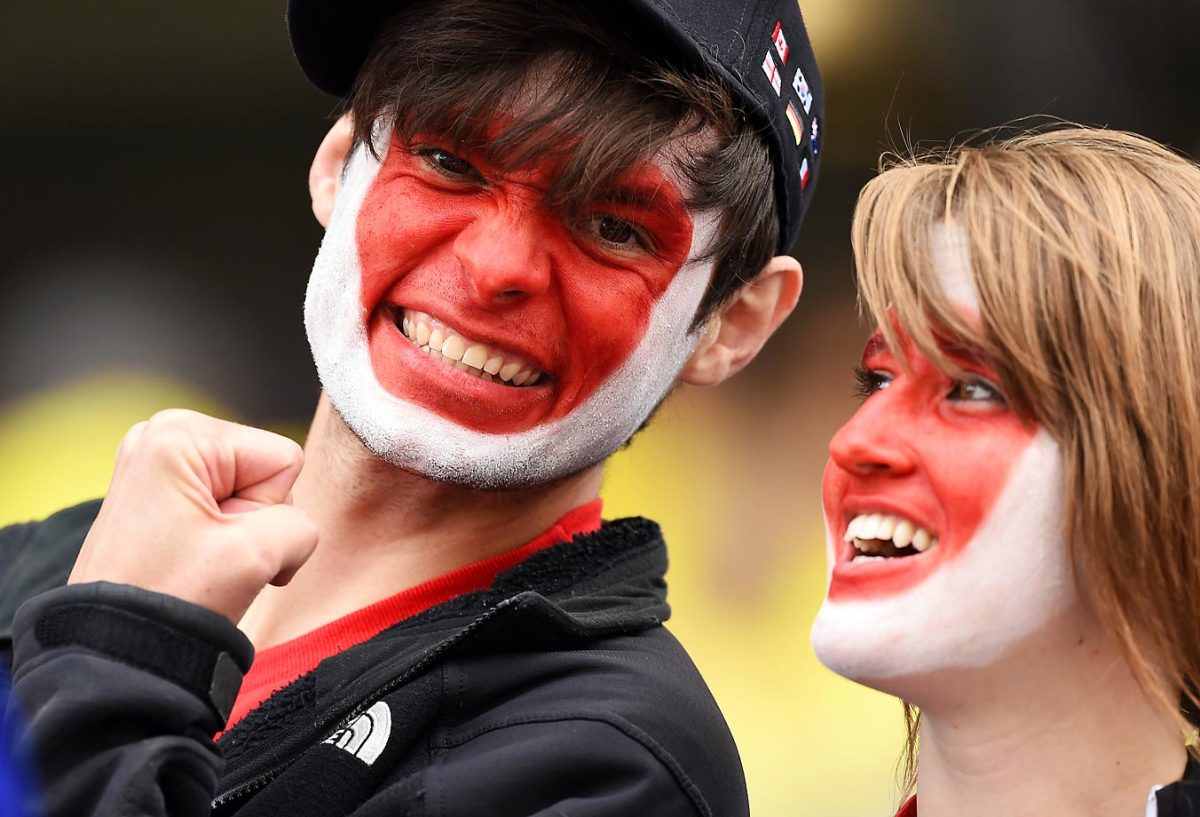
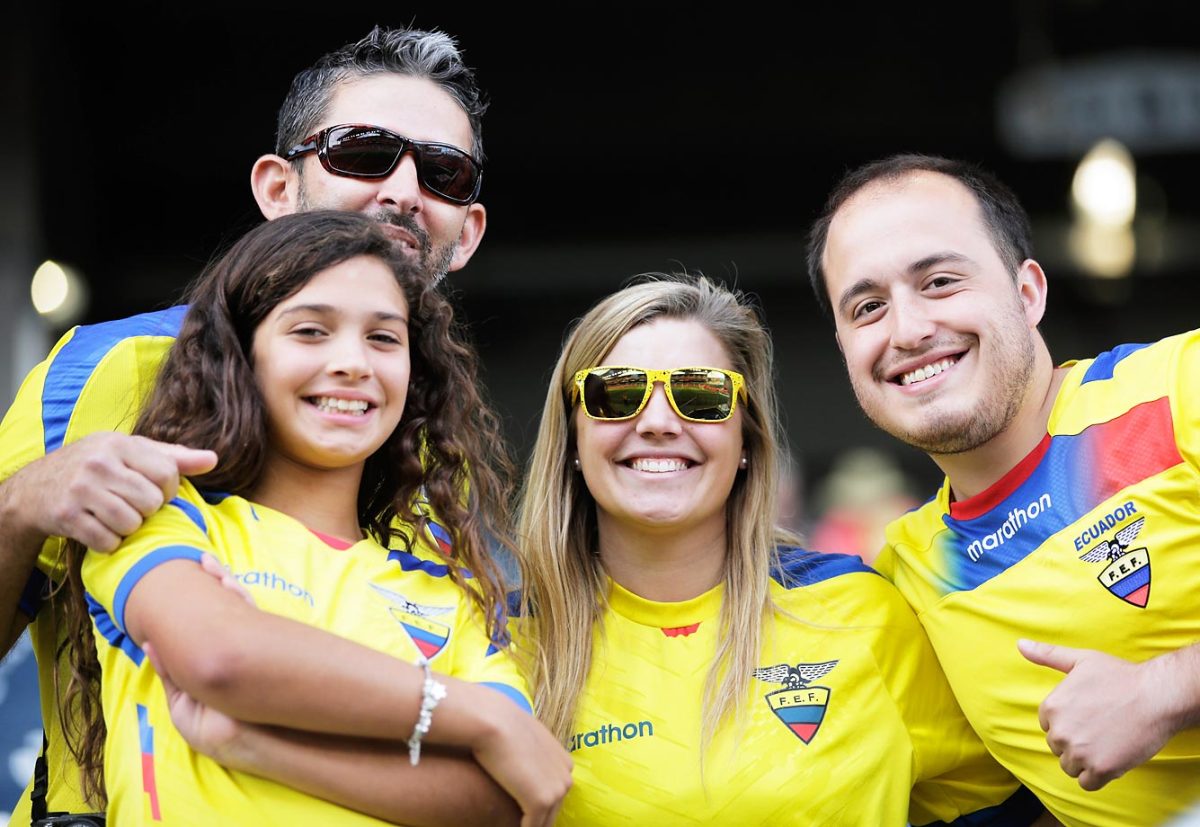
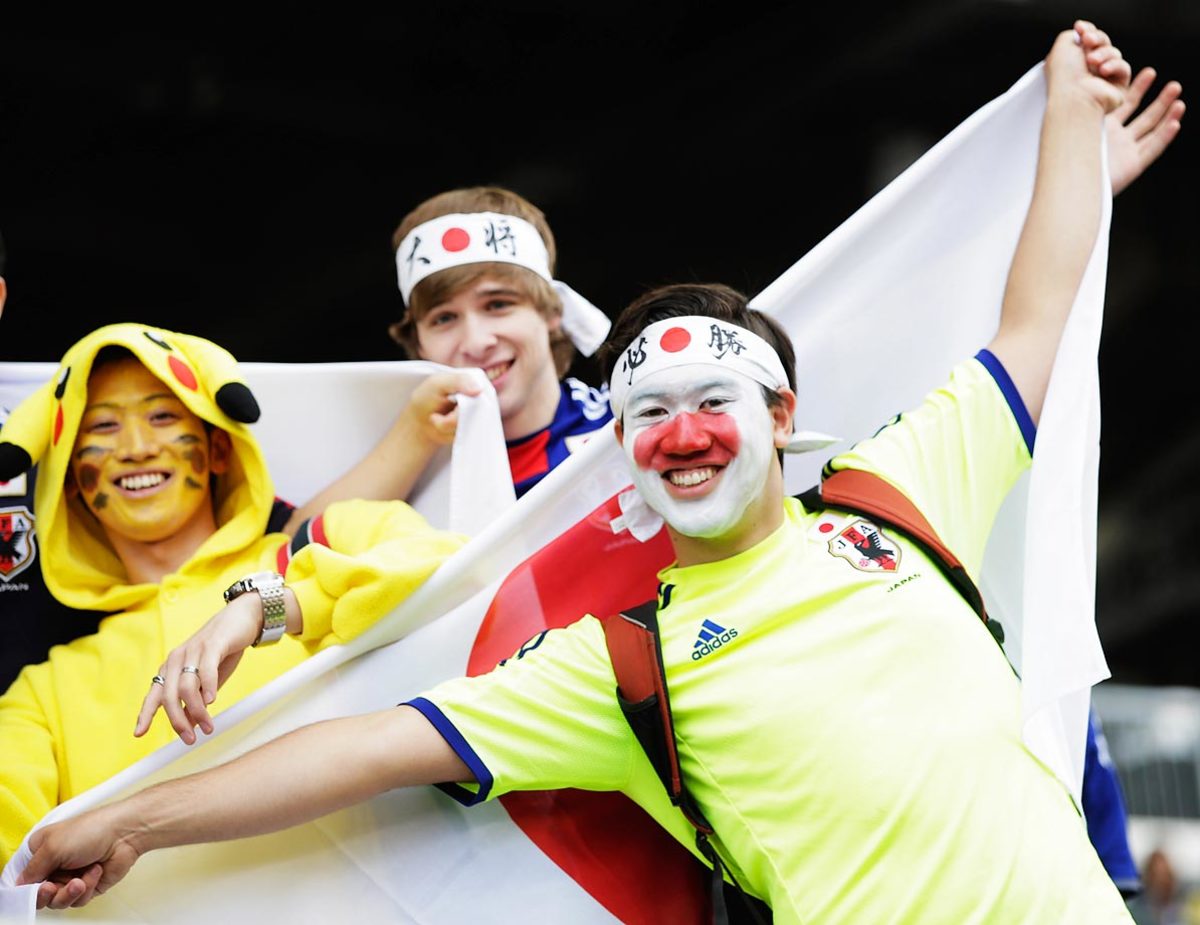
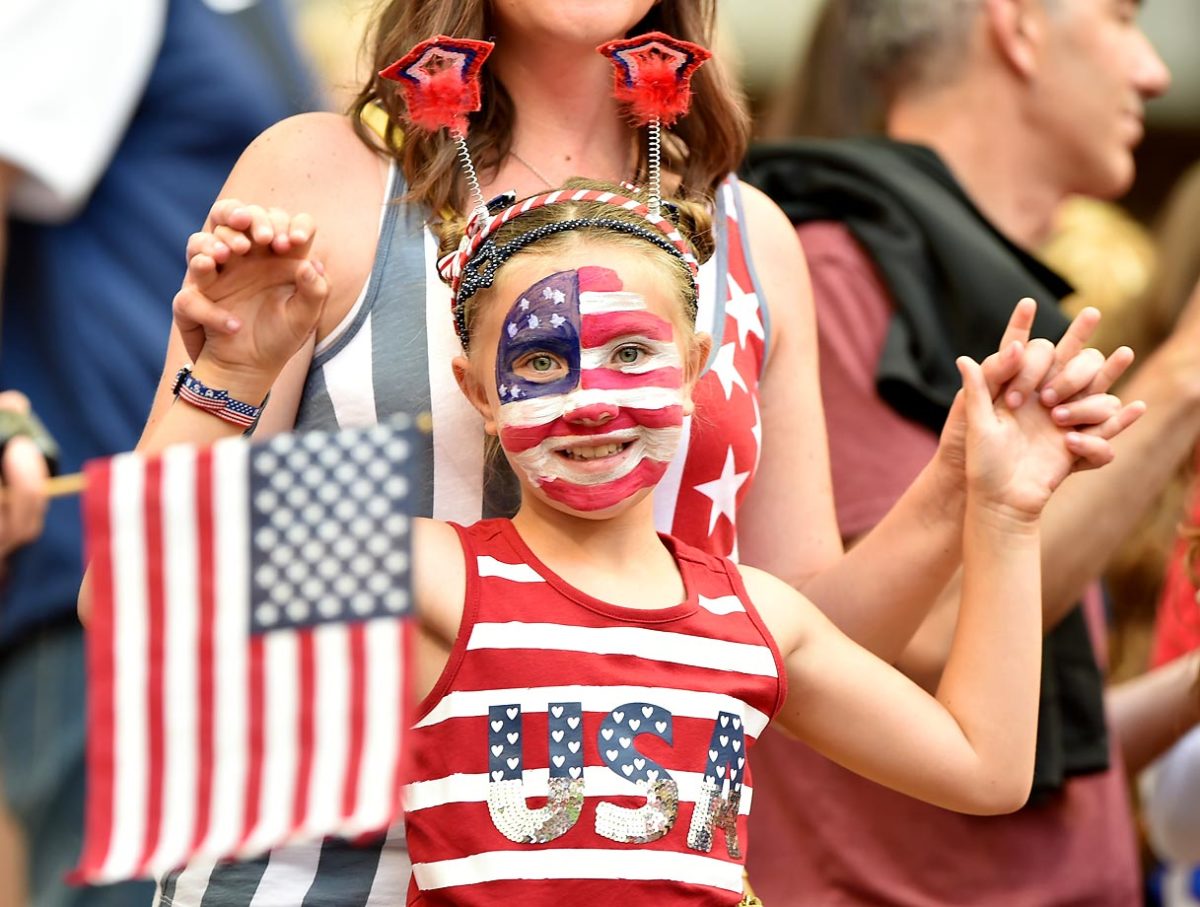
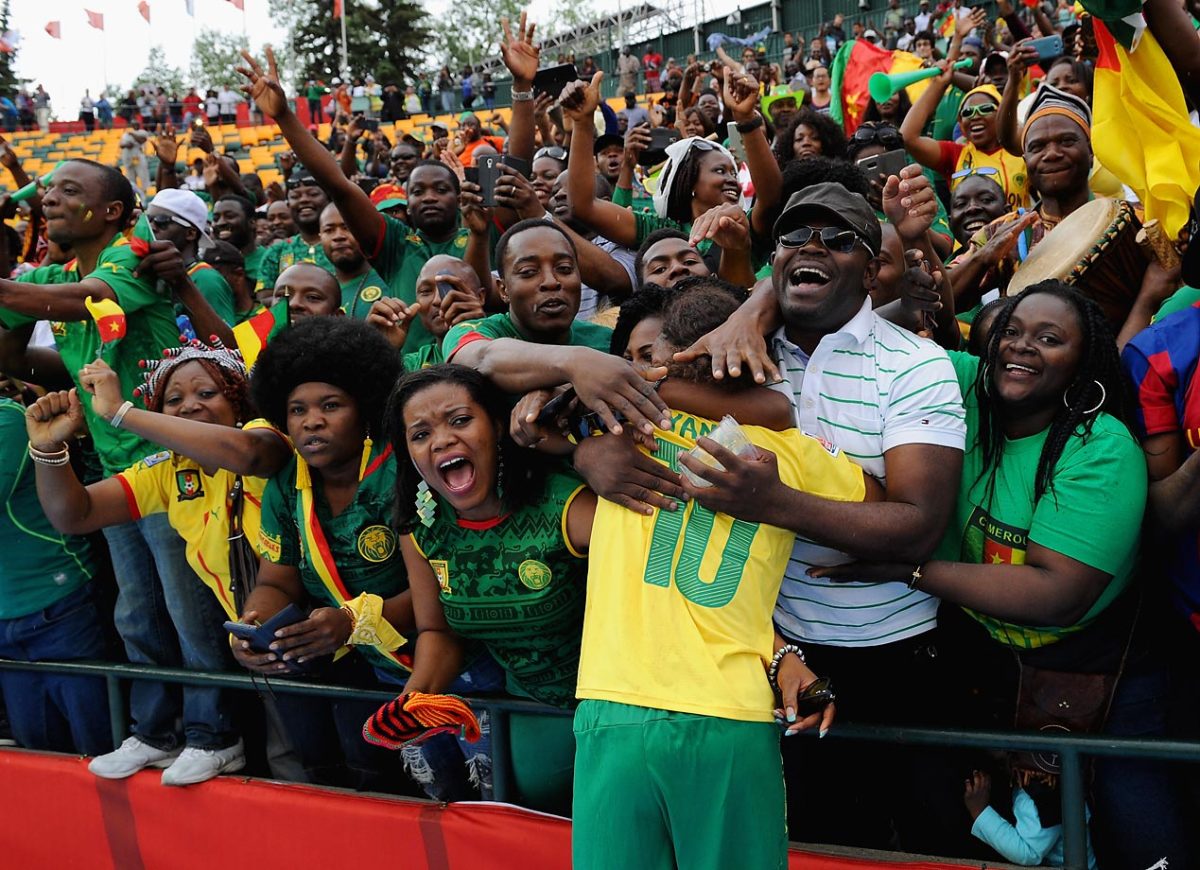


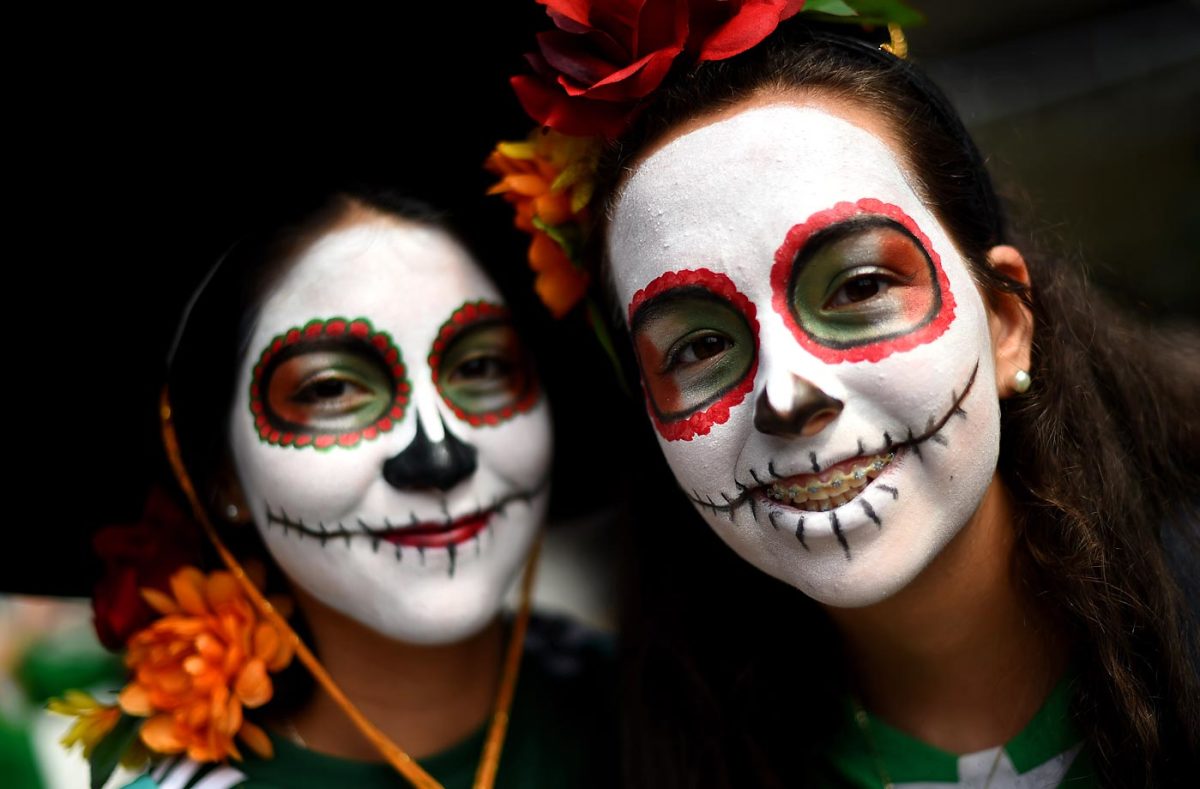
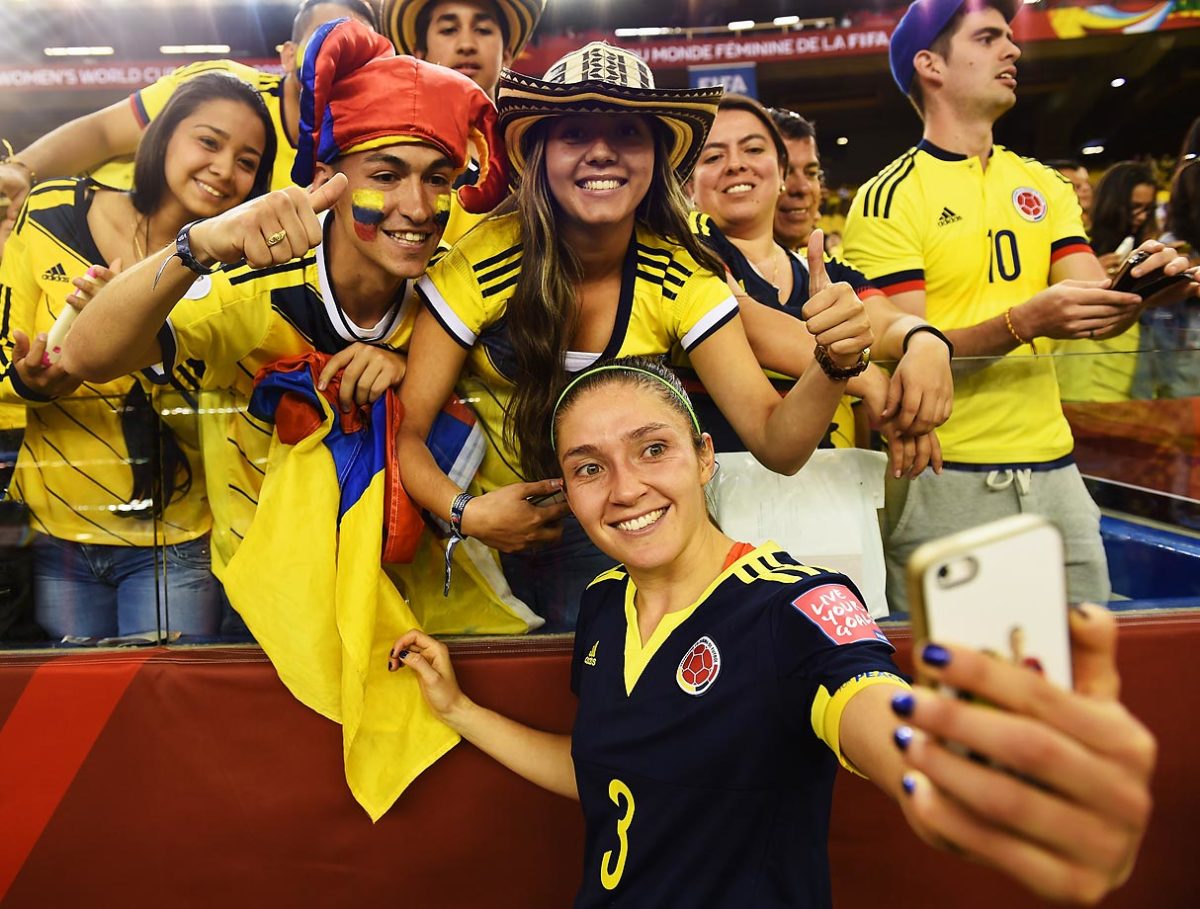
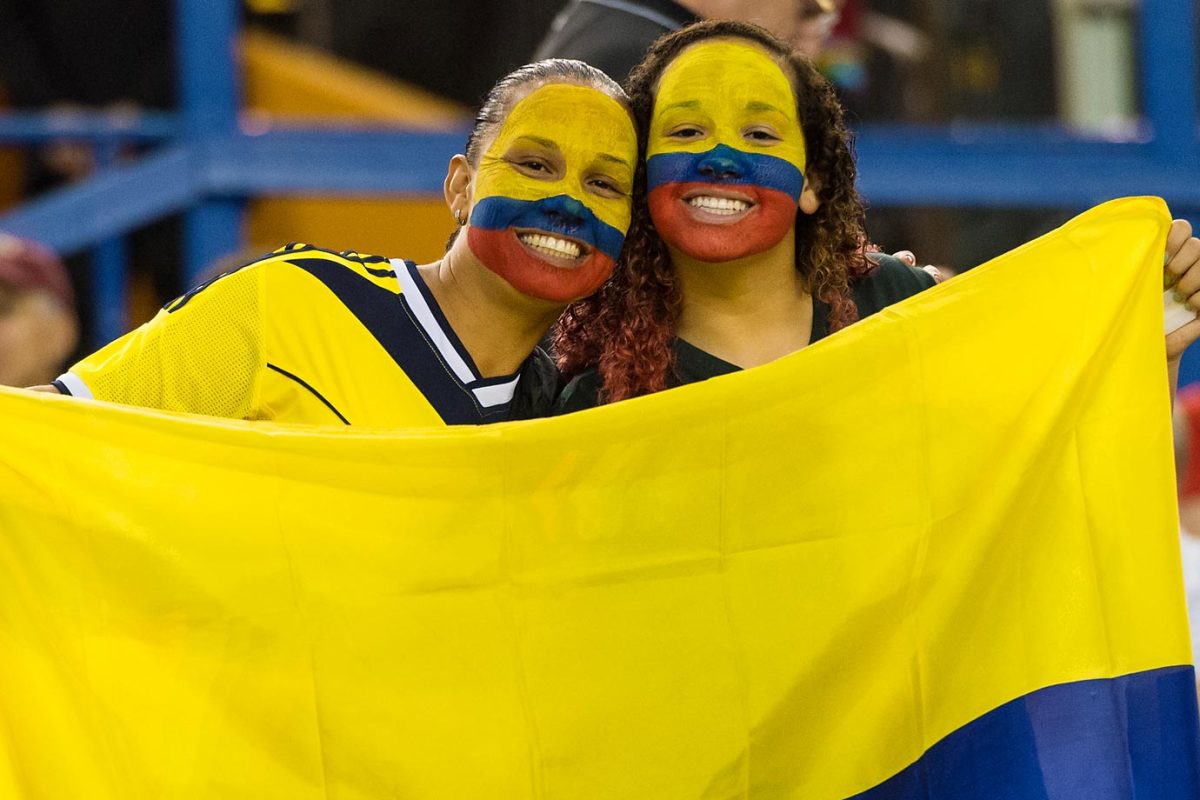
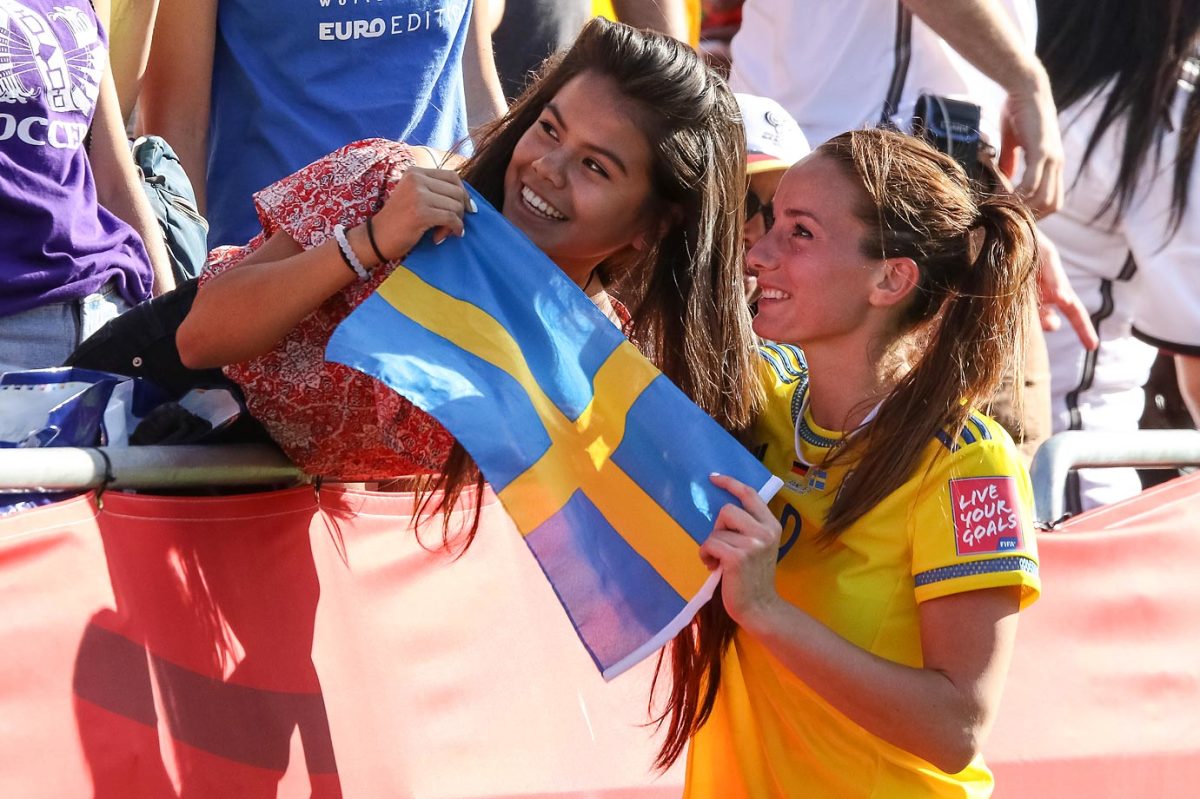
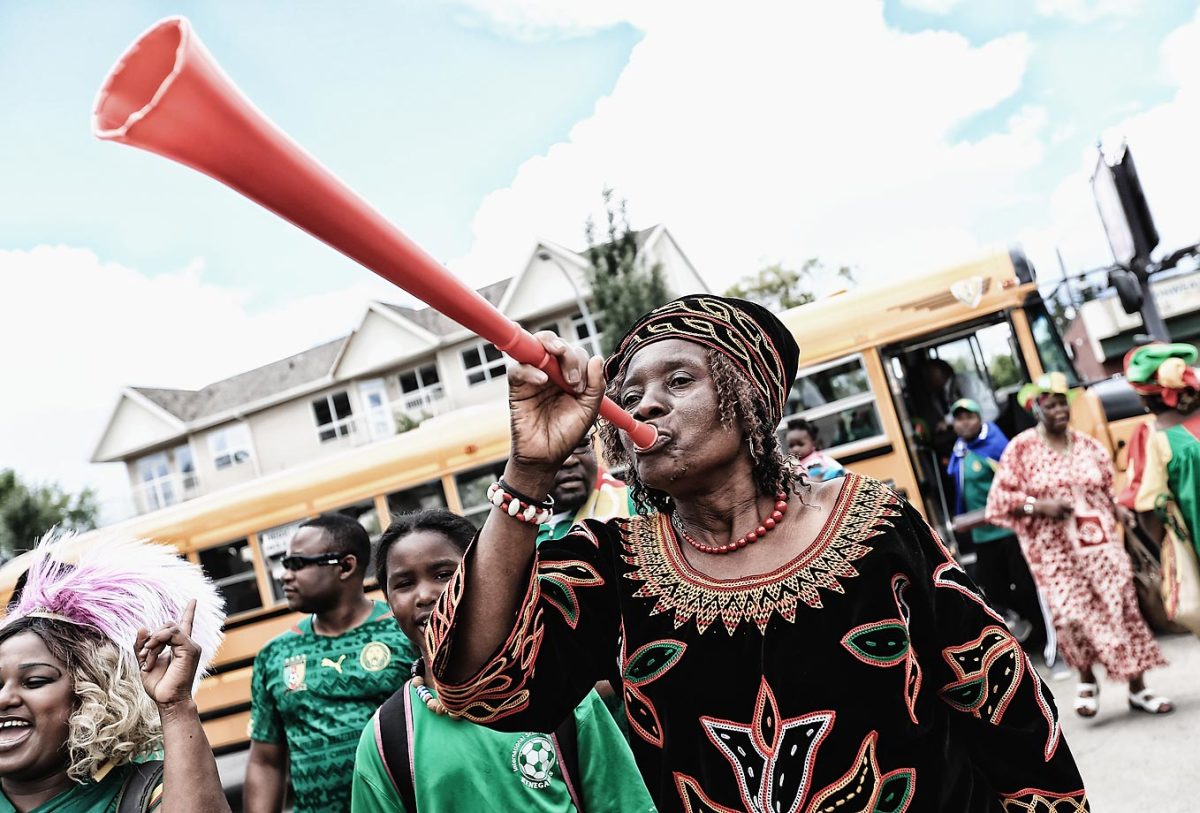
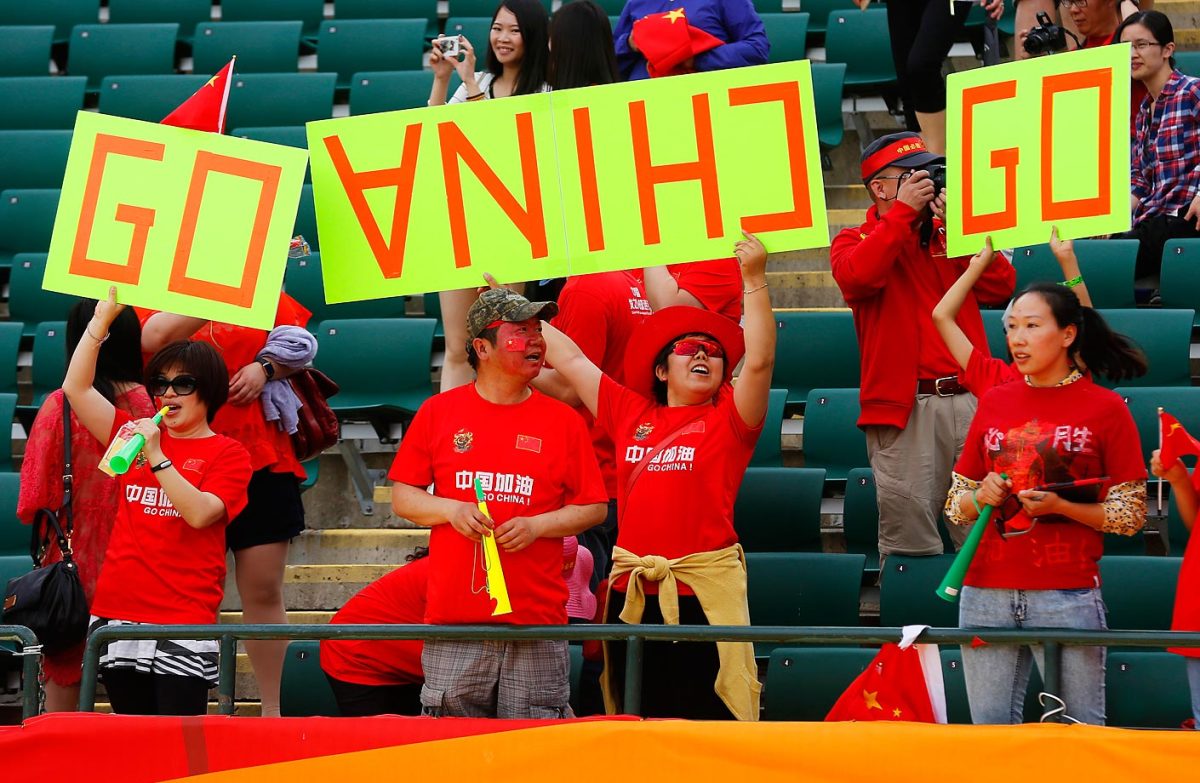


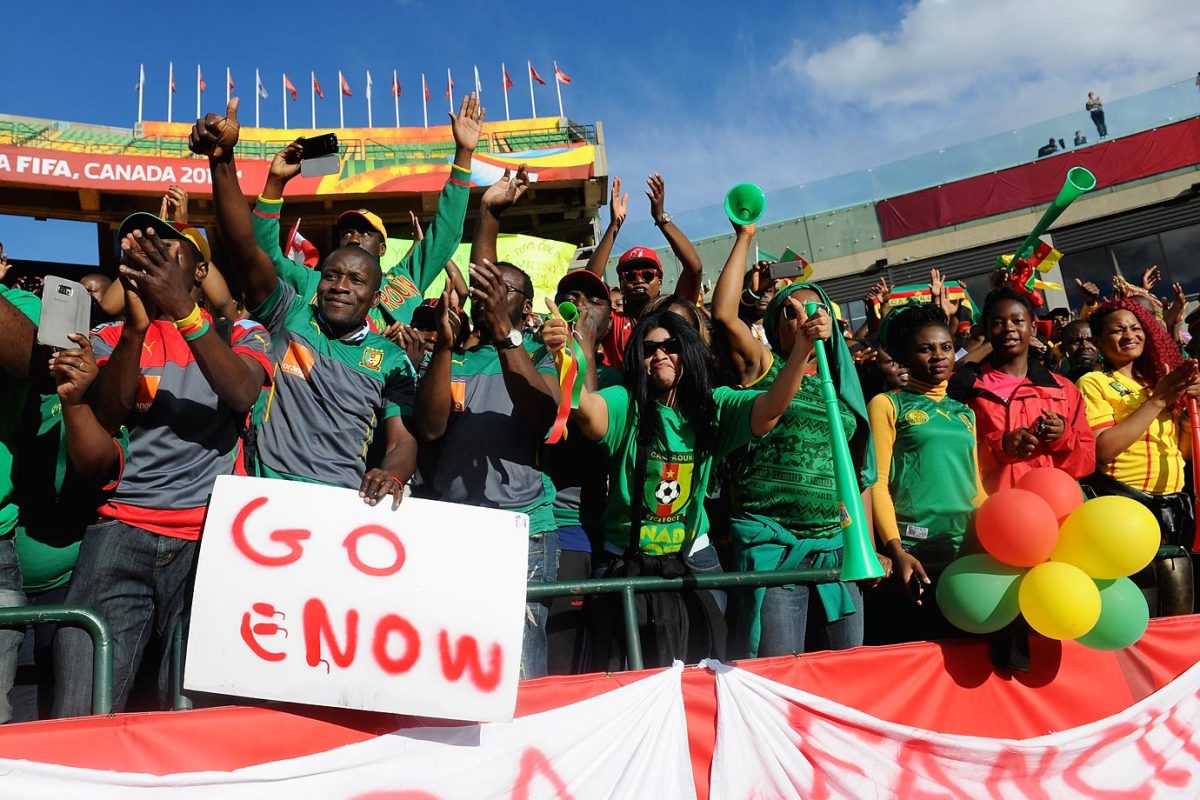
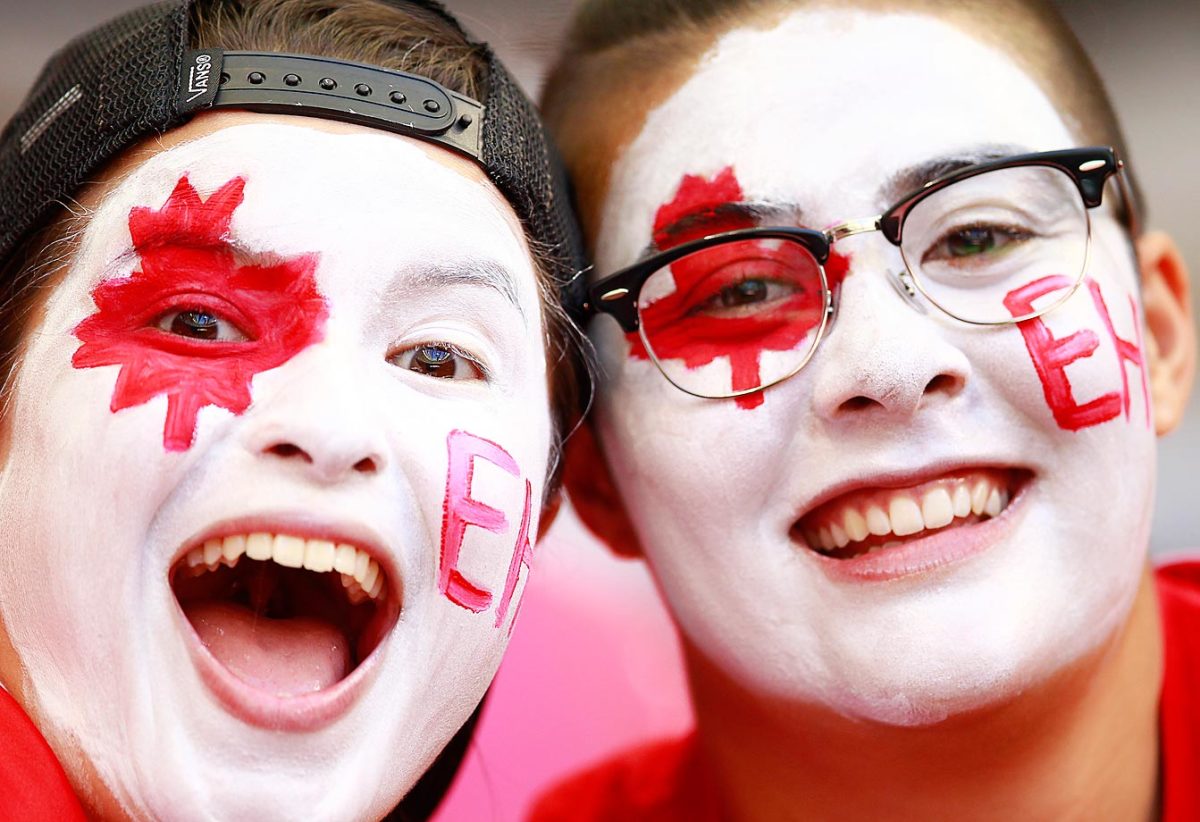
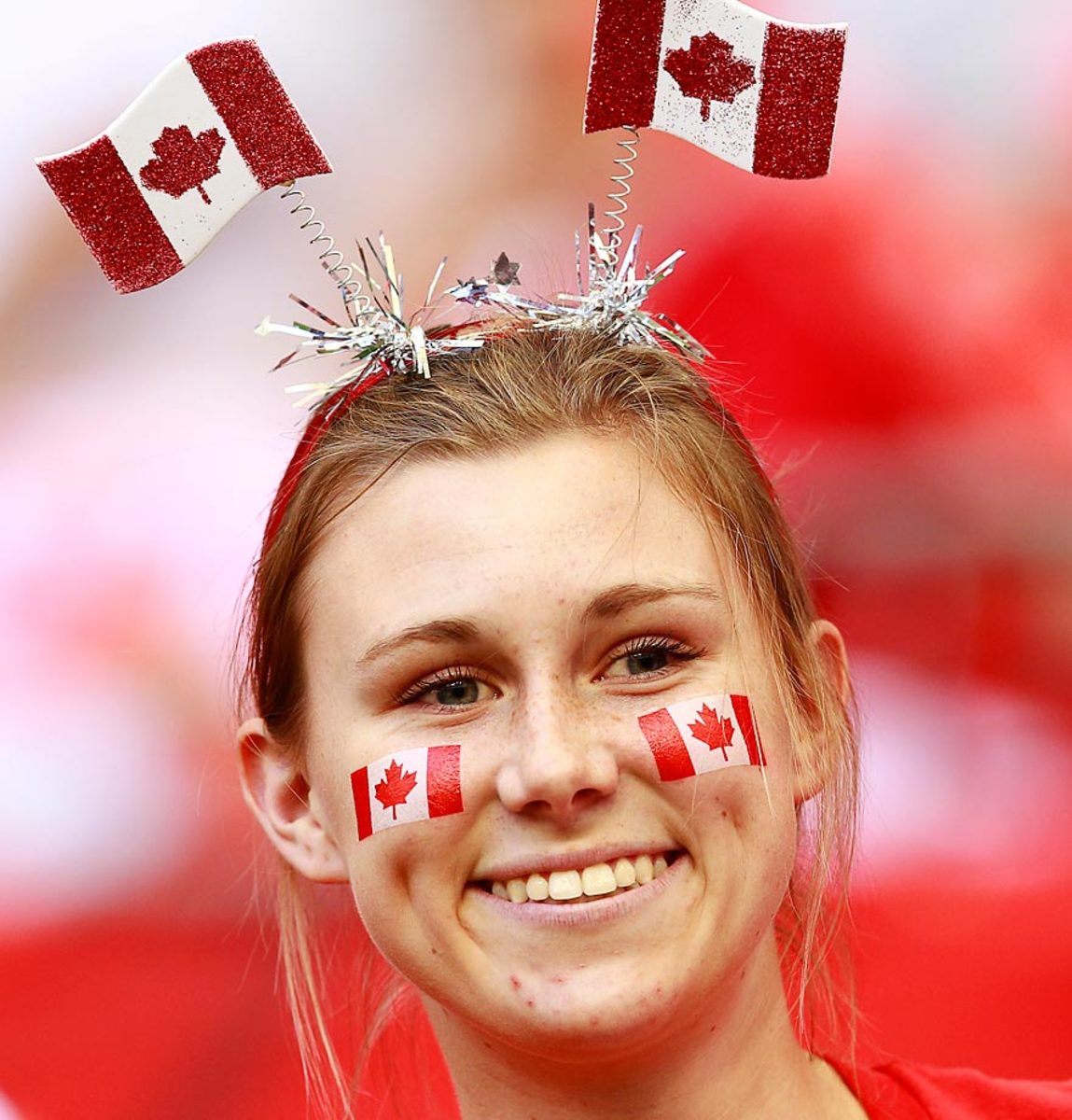
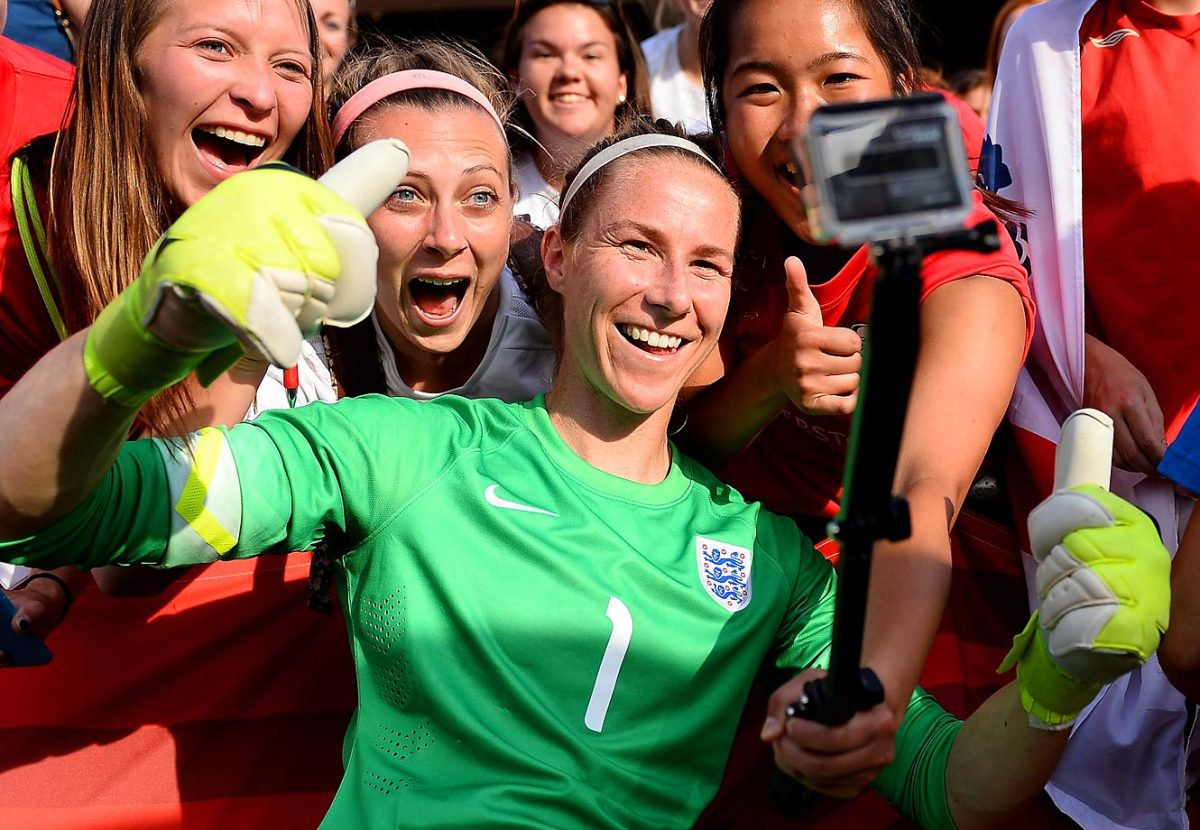
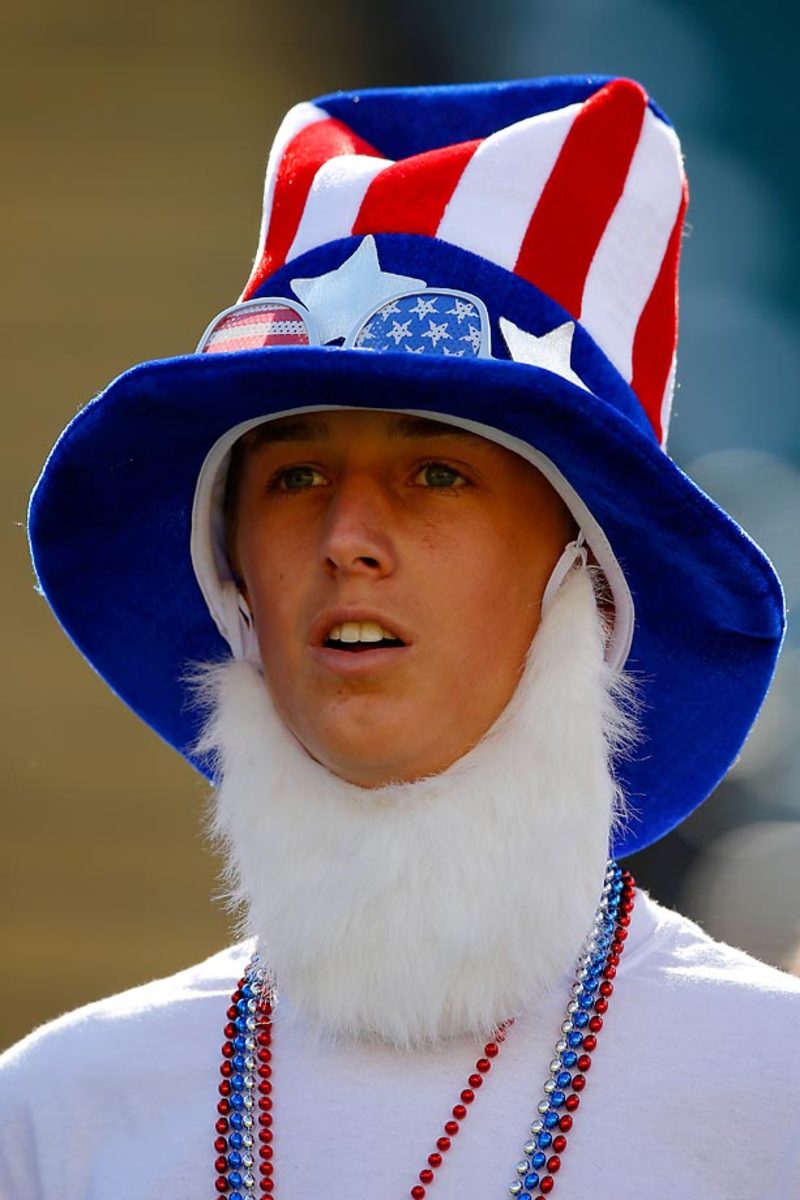
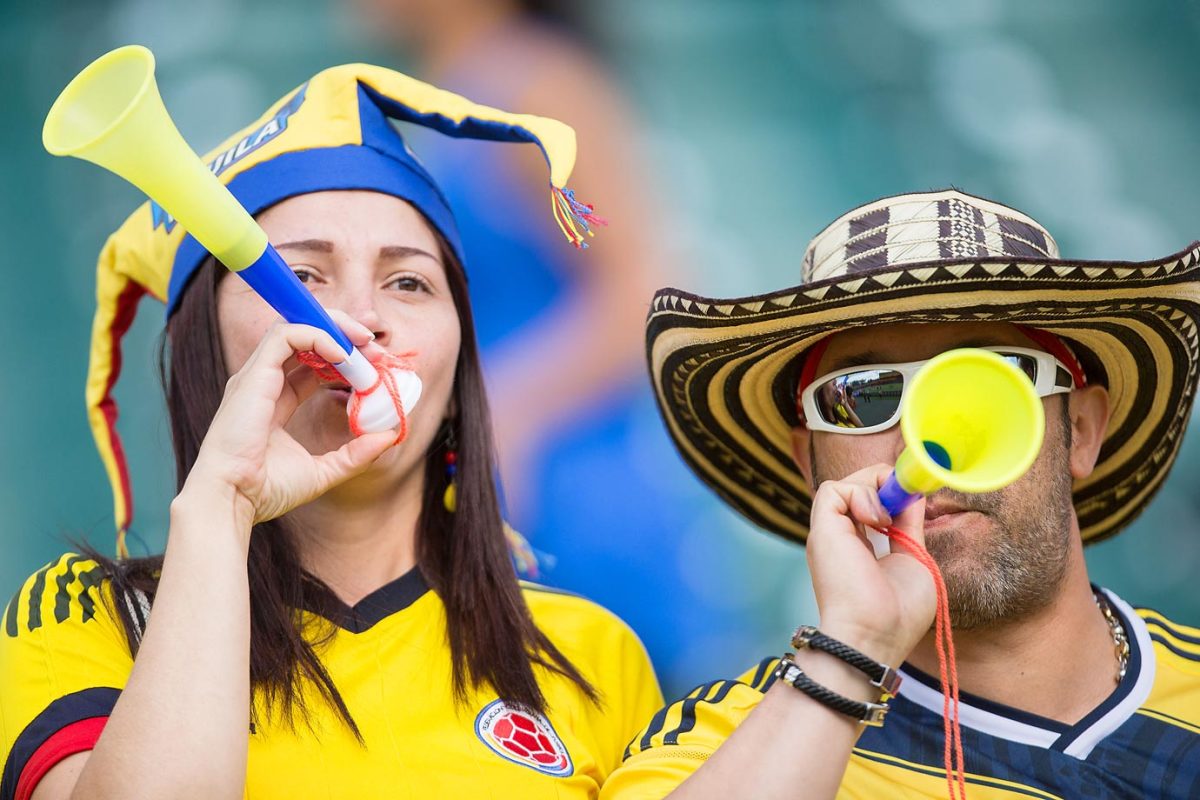
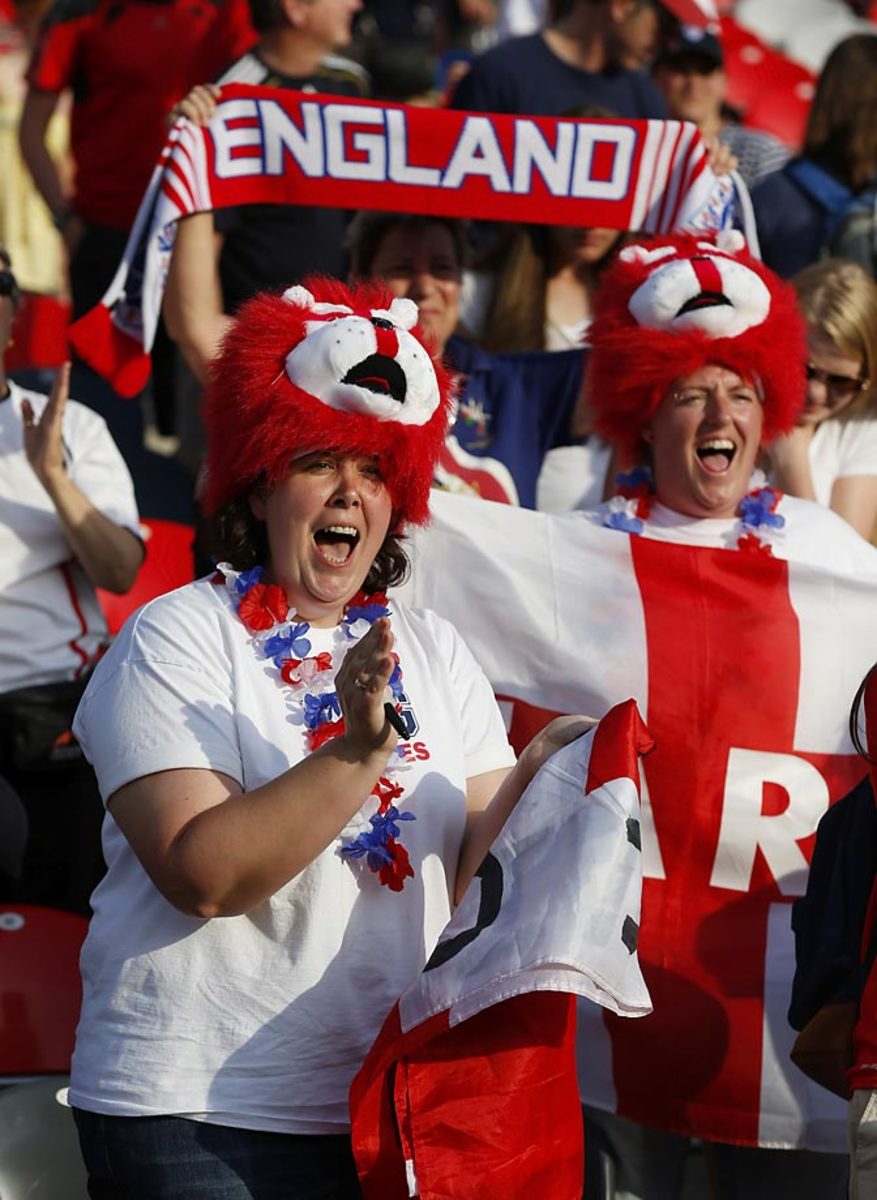
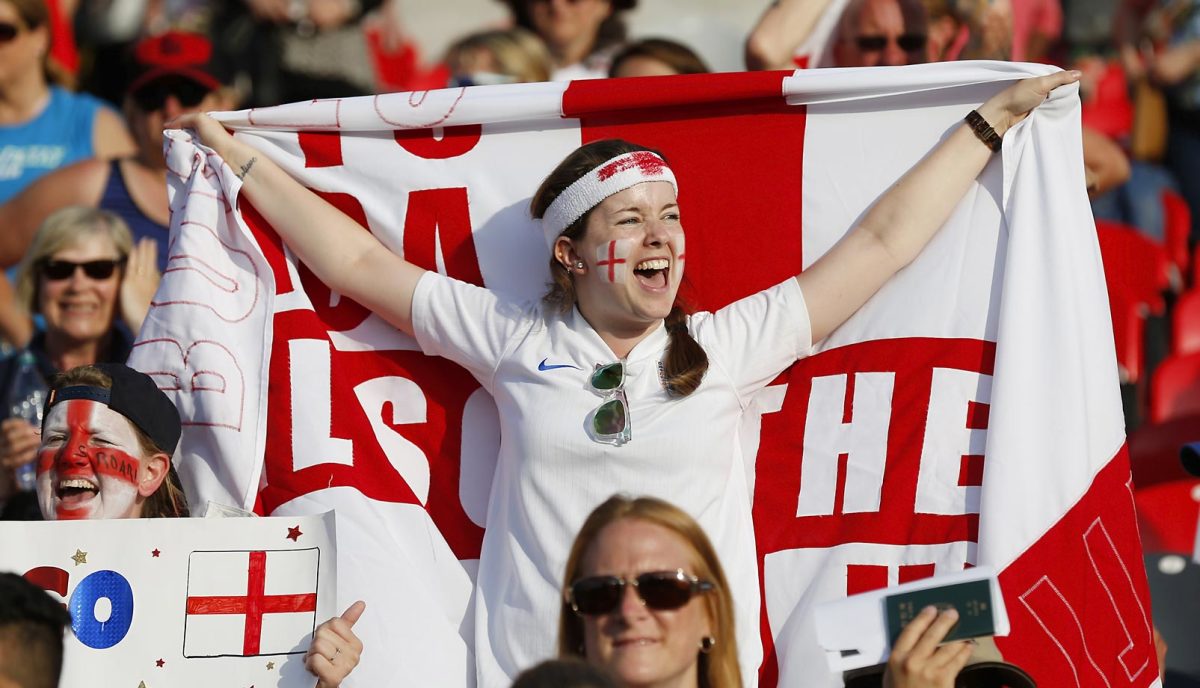
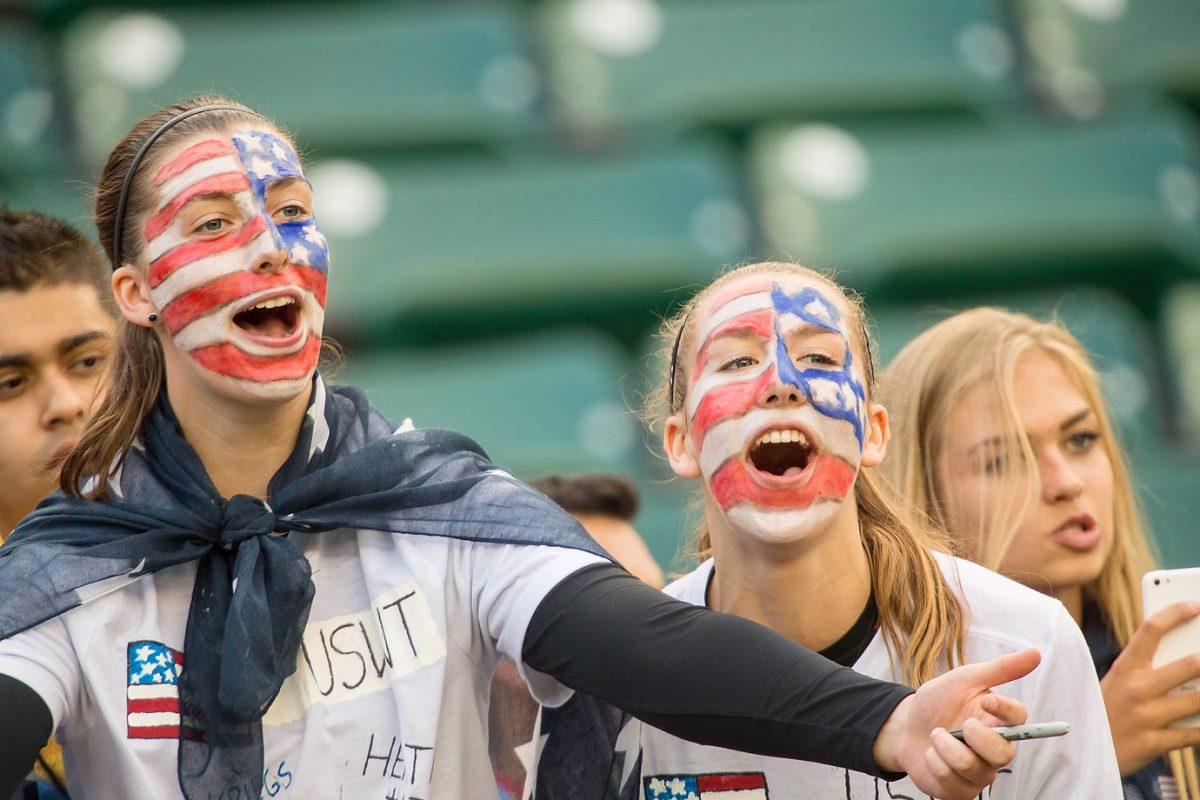
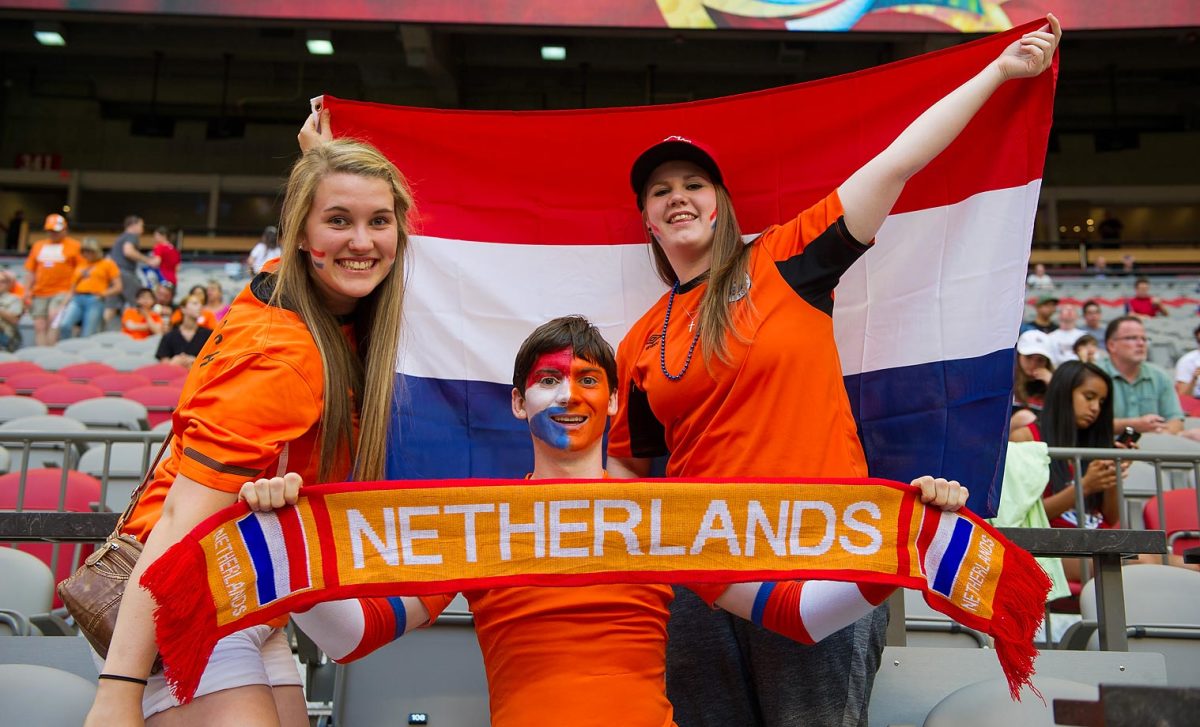
Jean Williams is a leading global scholar of women's football. She is the author of four books: A Game For Rough Girls (2003), A Beautiful Game: (2008), Globalising Women's Football: Europe, Migration and Professionalization (2013), and most recently A Contemporary History of Women's Sport, Part One: Sporting Women, 1850-1960 (2014). She teaches at DeMontfort University in Leicester, England. She can be followed on Twitter at @JeanMWilliams.
